In today's fast-paced, information-intensive living environment, bathrooms are gradually evolving from a single functional area to a private space where people can release stress and find peace. At the core of this transformation is a seemingly ordinary yet significant piece of equipment—the soaker bathtub.
Compared to traditional bathtubs, it is not only a tool for washing the body but also a daily ritual that allows people to immerse themselves and relax their body and mind completely. Why do more and more modern families choose it as their first choice for relaxation? How is it different from ordinary bathtubs? This article will take you to a deeper understanding of this "quiet healer" from multiple angles, including structural design, user experience and health benefits.
What is a soaking tub?
A soaker bathtub is a type of bathtub designed for a deep soaking experience. Compared with traditional bathtubs, it has a deeper inner tank design and a more ergonomic backrest angle, allowing users to immerse most or all of their bodies in the water for a more comprehensive relaxation effect. Whether it is to soothe muscles, release stress, or enjoy a moment of tranquillity, a soaking tub can bring a more immersive and healing bathing experience.

Common features include:
Deeper soaking depth (generally 18–22 inches, about 46–56cm)
Multiple length and width options for bathrooms of different sizes
Ergonomic backrest design to support neck and back
Additional features such as a thermal liner, comfortable lumbar pad, smart overflow, etc.
The science of bathing: where does relaxation come from?
Soaking in warm water is not just a simple enjoyment but also a scientifically proven way to heal the body and mind. The reason why immersion bathtubs can effectively bring a sense of relaxation is due to their positive impact on multiple systems of the body. Here are the core reasons:
✔ Relax muscles and relieve soreness
Hot water can accelerate blood circulation and reduce muscle tension and local inflammation. Whether it is shoulder and neck discomfort caused by sitting for a long time or muscle soreness after exercise, a deep bath can effectively relieve the burden on the body.
✔ Reduce stress and anxiety
Warm water can activate the parasympathetic nervous system, help slow down the heart rate, lower blood pressure, and inhibit the secretion of stress hormones such as cortisol, bringing a meditation-like state of relaxation and emotional stability.
✔ Improve sleep quality
A hot bath raises body temperature, and the subsequent natural drop in body temperature prompts the brain to release melatonin, which increases sleepiness and helps you fall asleep quickly. It is especially suitable for one hour before bedtime, which helps improve the depth and quality of sleep.
✔ Improve concentration and mood
A quiet bath for 15-30 minutes in an undisturbed environment can not only completely empty the brain but also clear thoughts and balance emotions. It is an excellent way to restore mental concentration.
✔ Promote skin health
A warm water bath can help open pores and soften cuticles. When used with bath oils or mineral salts, it can nourish the skin and enhance barrier function, which is helpful for daily maintenance for people with dry or sensitive skin.
✔ Support circulation and metabolism
Regular bathing can gently increase the basal metabolic rate while stimulating the lymphatic system to detoxify and has a certain auxiliary improvement effect on people with problems such as cold hands and feet and poor circulation.
Design determines experience: Where does the feeling of immersion come from?
A truly excellent immersion bathtub not only pursues "enough depth" but also pays attention to whether every detail can serve the relaxation experience. The following thoughtful designs are the key to making bathing a pleasure:
Tilted backrest design
Most soaking tubs use ergonomically inclined backrests to support the neck and spine curves, allowing the body to sink naturally and lie comfortably, avoiding the problems of traditional bathtubs being unreliable and not soaking deeply.
Double-layer acrylic material
The multi-layer structure helps lock in heat energy and prolongs the water temperature retention time, allowing you to enjoy a long bath without frequent heating and water replenishment, which is energy-saving and considerate.
Optional function upgrade
Mid- to high-end models are often equipped with LED mood lighting, microbubble/air massage, aromatherapy diffusion device, one-button drainage or temperature control, etc., to create a SPA-level atmosphere experience for the bathroom.
Wide bathtub edge
Some designs will widen the edge of the bathtub to place candles, fragrances, bath salts or books, which is convenient for creating a personalized bathing ritual and enhancing the overall pleasure of use.
Silent drainage and sound insulation treatment
High-quality soaking bathtubs add noise reduction design to the drainage system and structure, which will not disturb the family's rest even if used at night, creating a more peaceful relaxation space.
Various installation forms
1. Freestanding: Strong visual impact, the protagonist in the bathroom
2. Built-in/sunken: More space-saving, suitable for minimalist style
3. Japanese deep barrel bathtub (Ofuro): Deep immersion can be achieved in a small space, suitable for one person's exclusive use
Family health trend: Soaking bathtubs is becoming a new daily routine
As "relaxing at home" gradually becomes a global mainstream trend, soaking bathtubs have gone from "high-end options" to part of the public's healthy lifestyle. Especially after the epidemic, users have significantly increased their attention to home health and self-healing.
Trends that will drive the growth of this category in 2025 include:
Health-oriented home design: Treat the bathroom space as a physical and mental recovery area
Compact space also pursues a luxurious experience: the demand for small-sized deep soaking bathtubs is growing.
Environmental protection and energy saving: Fast water filling, precise temperature control, and intelligent water saving have become new selling points
Natural texture is popular: Matte surface wood/stone finishes are becoming increasingly popular.
How do you choose a soaking bathtub that suits you?
It is recommended to consider the following dimensions when purchasing:
Water depth: at least 18-22 inches (about 46-56cm) to achieve true "immersion."
Bathtub size: For small apartments, choose 48-60 inches; for large spaces, can consider 66-72 inches
Material selection: Acrylic is light and heat-insulating; cast iron is more heat-insulating but heavier to install
Installation method: Freestanding is suitable for ample space; embedded is suitable for a compact layout
Overflow position: The higher the overflow, the deeper the water level can be accommodated; the design also affects the visual unity
Conclusion: Bathing is not just enjoyment but also recovery and restart
Immersing bathtubs are not just a bathroom product but also an expression of a lifestyle. In this era of accelerated pace and superimposed pressure, having a quiet bathing space of your own is a luxury and a necessity.
If you are planning a bathroom space that focuses on physical and mental balance, then investing in a high-quality soaking bathtub will not only change your space but also improve your quality of life.

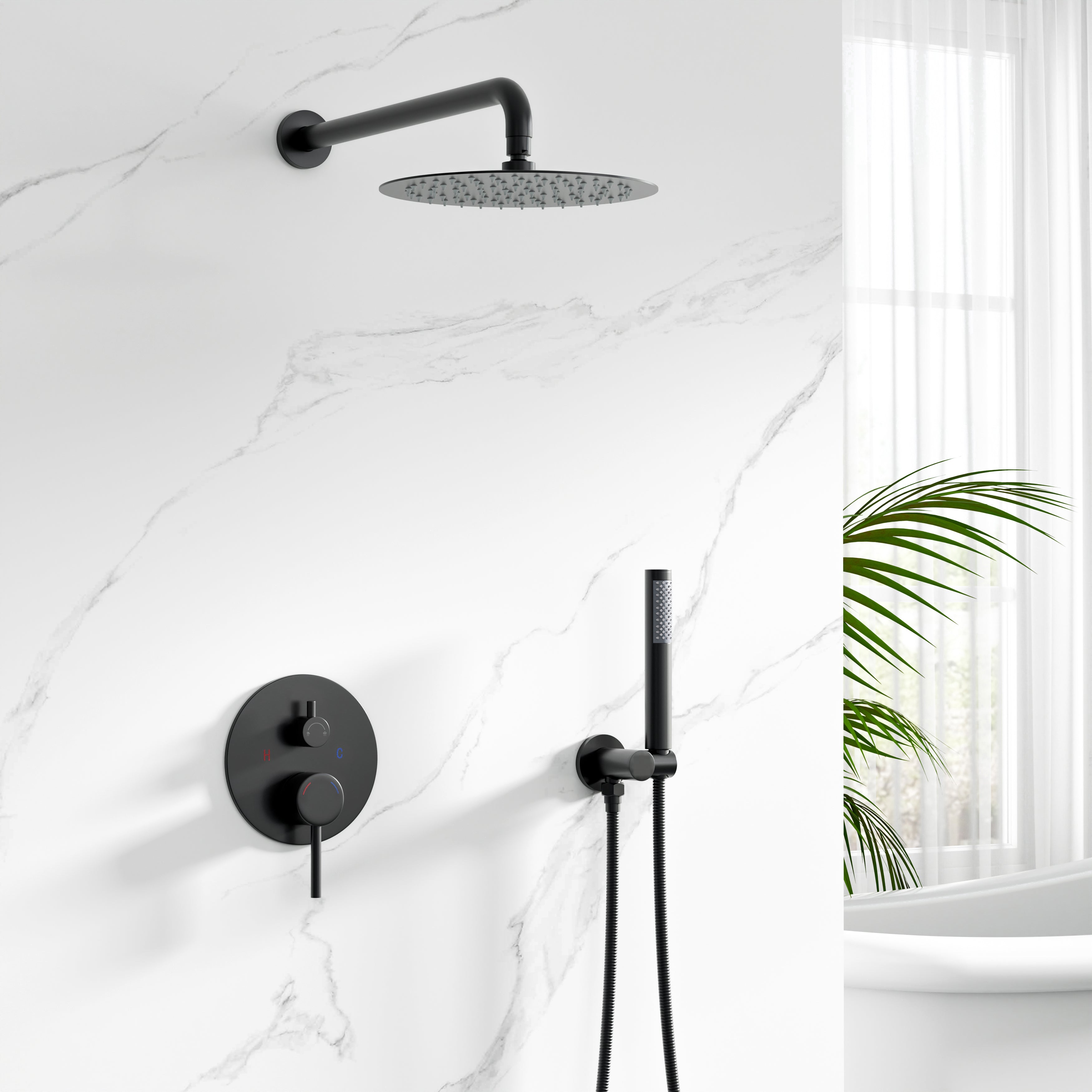
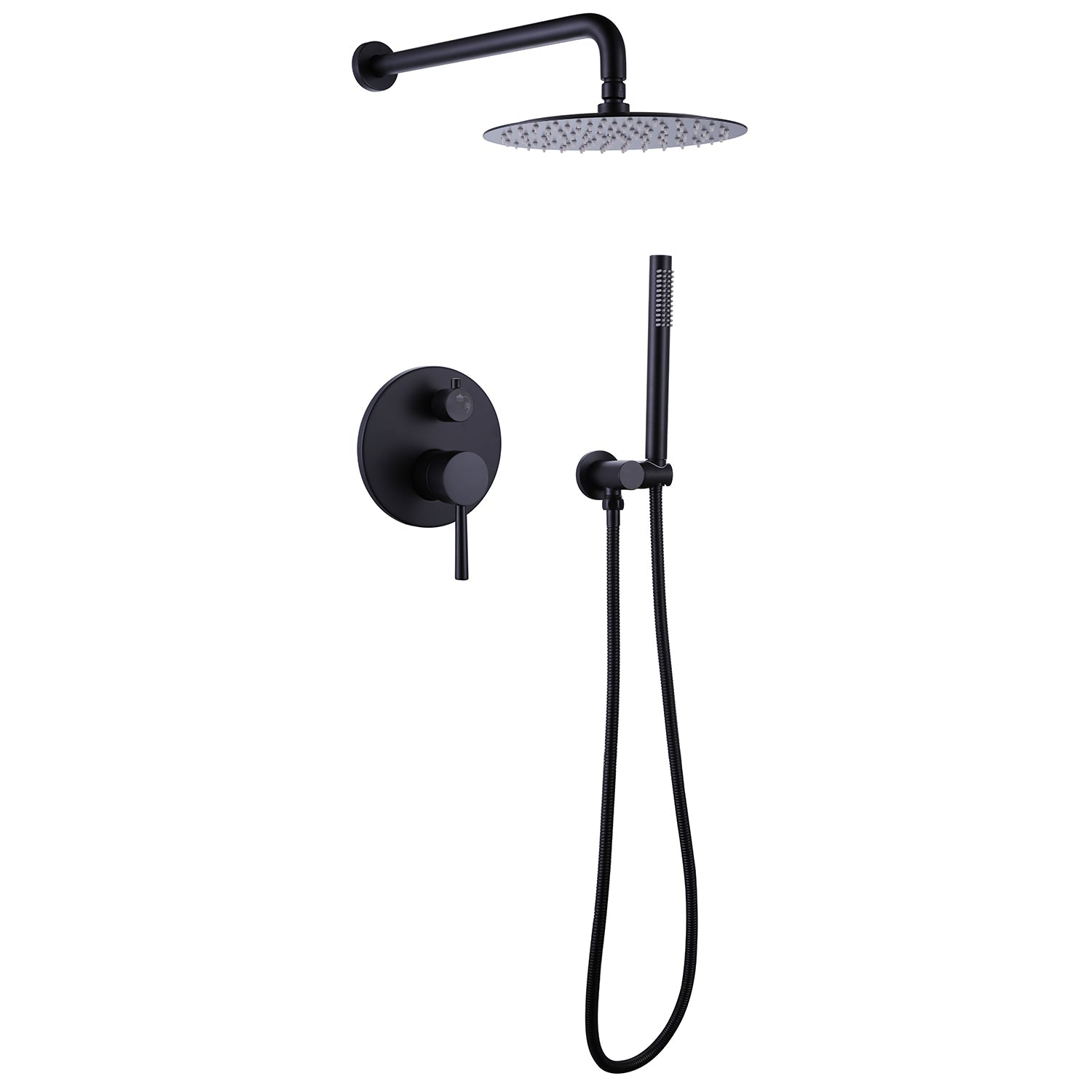


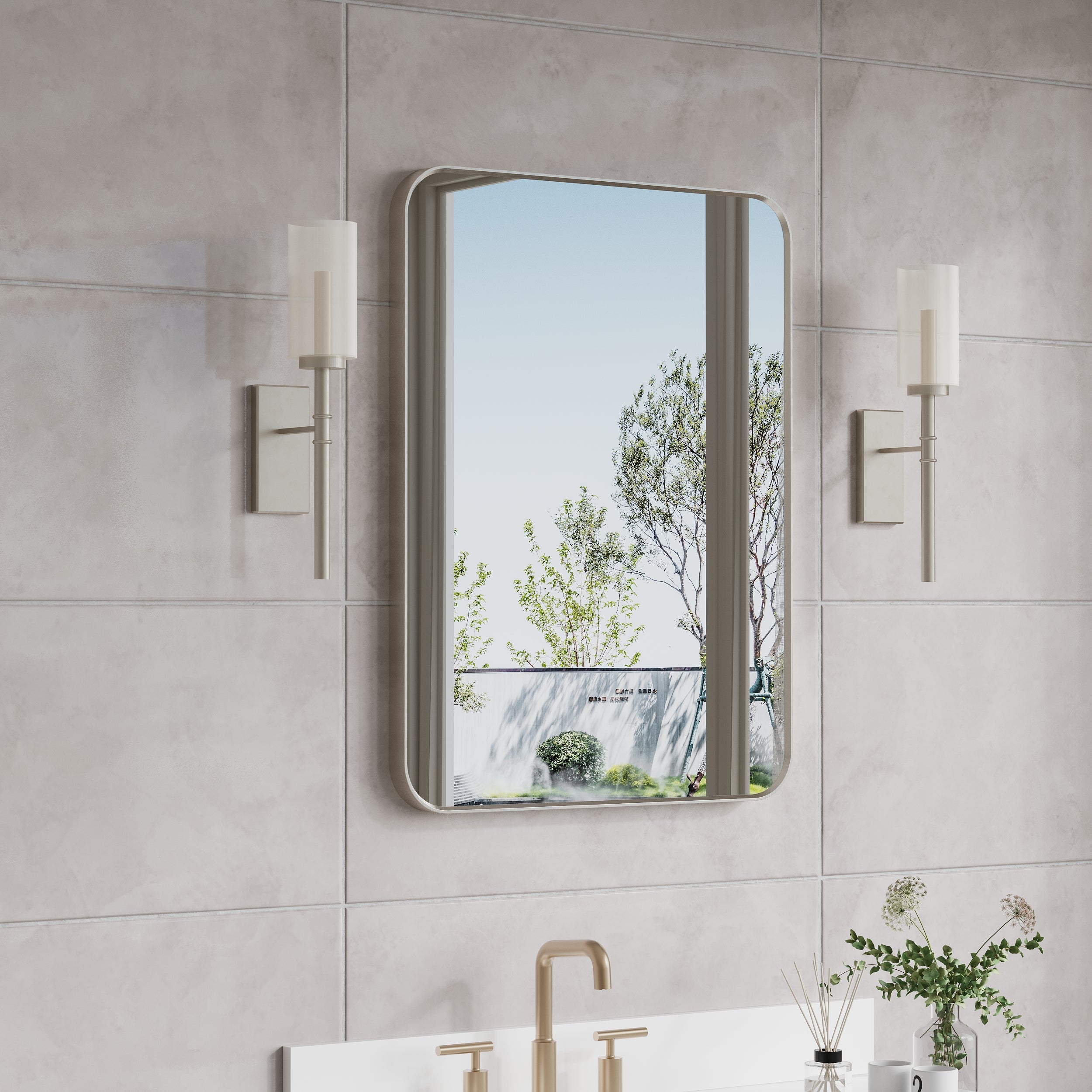
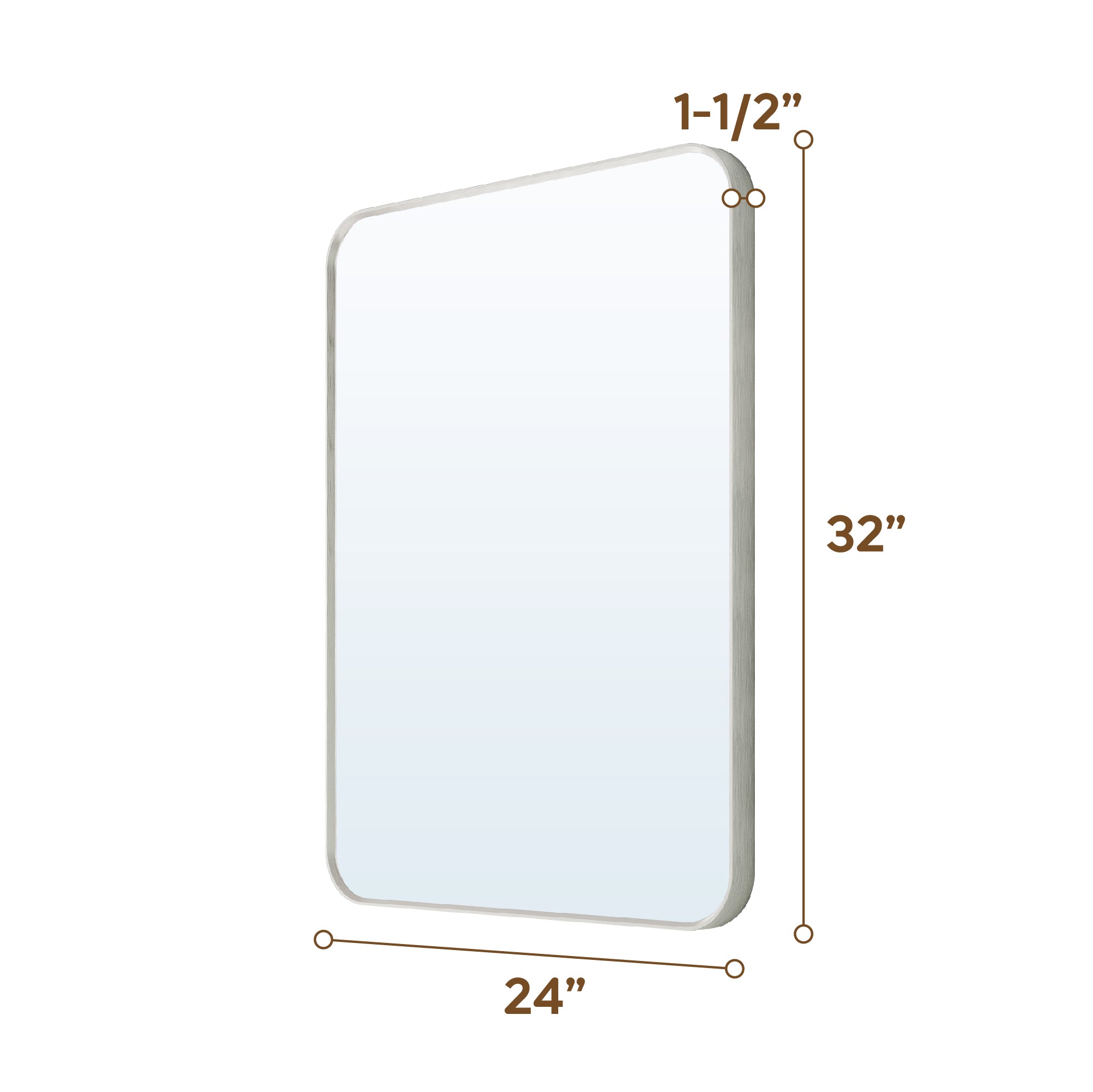
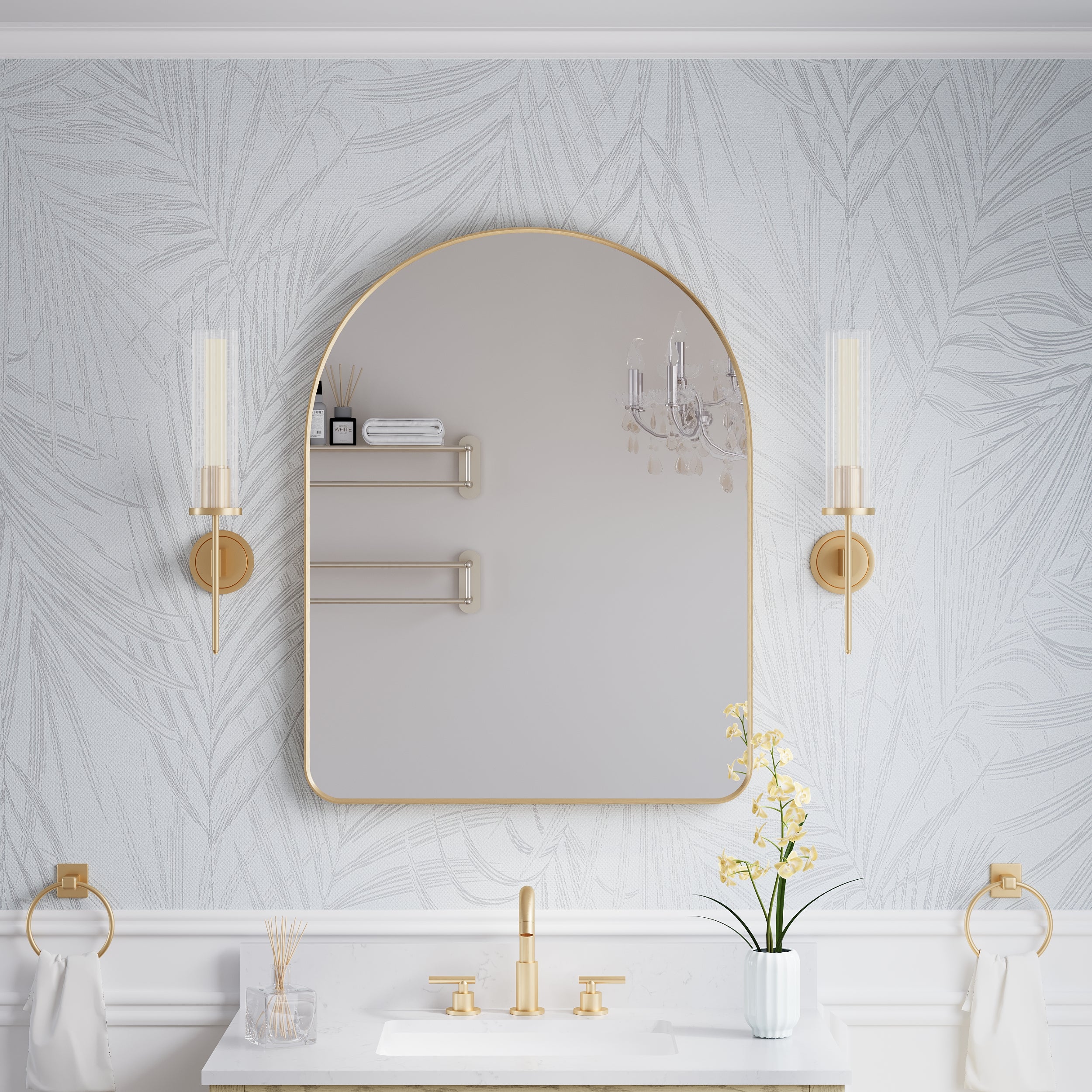


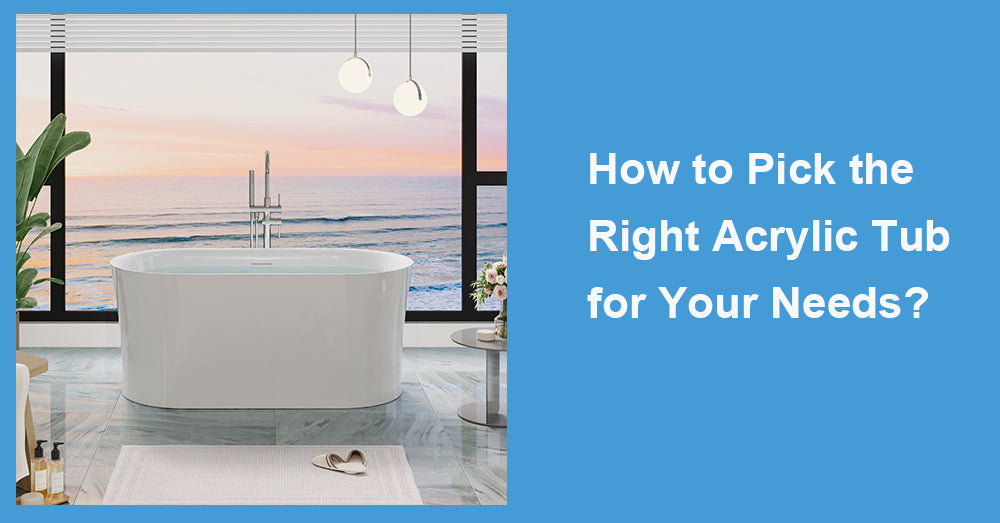
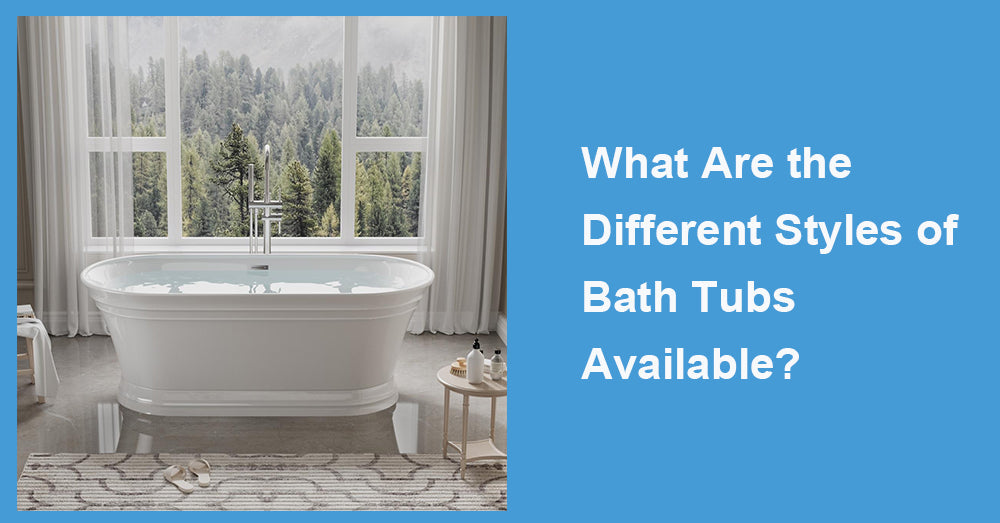
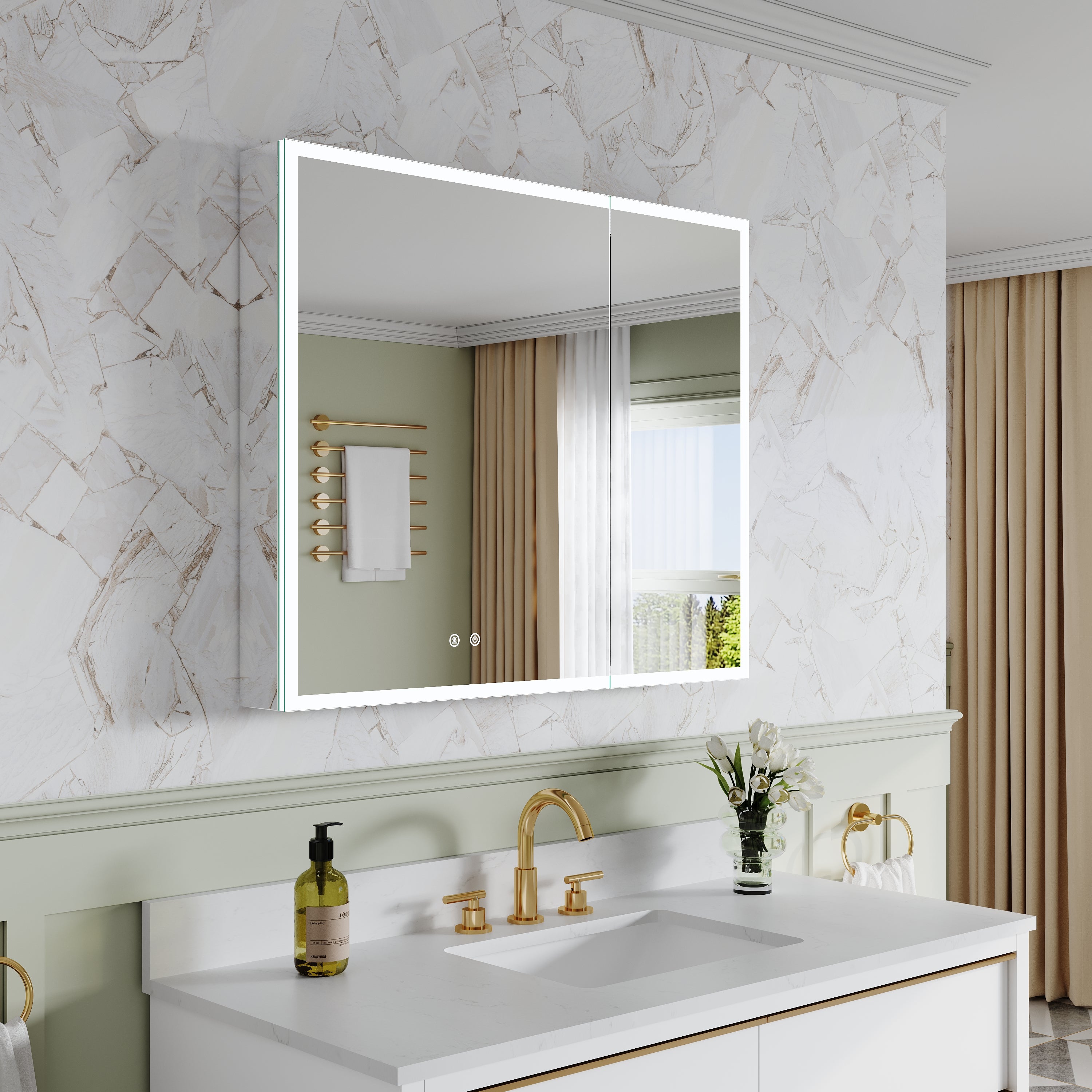
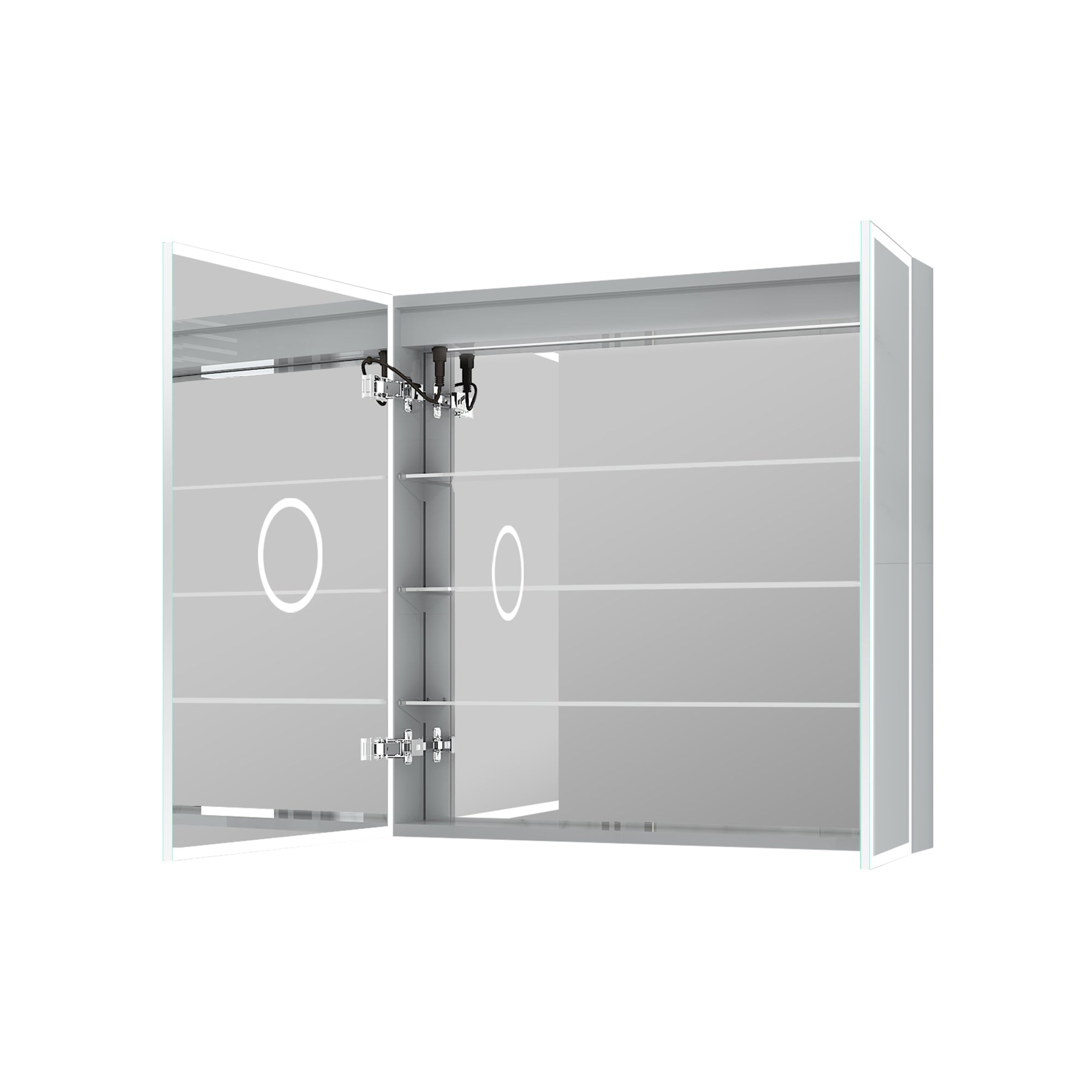
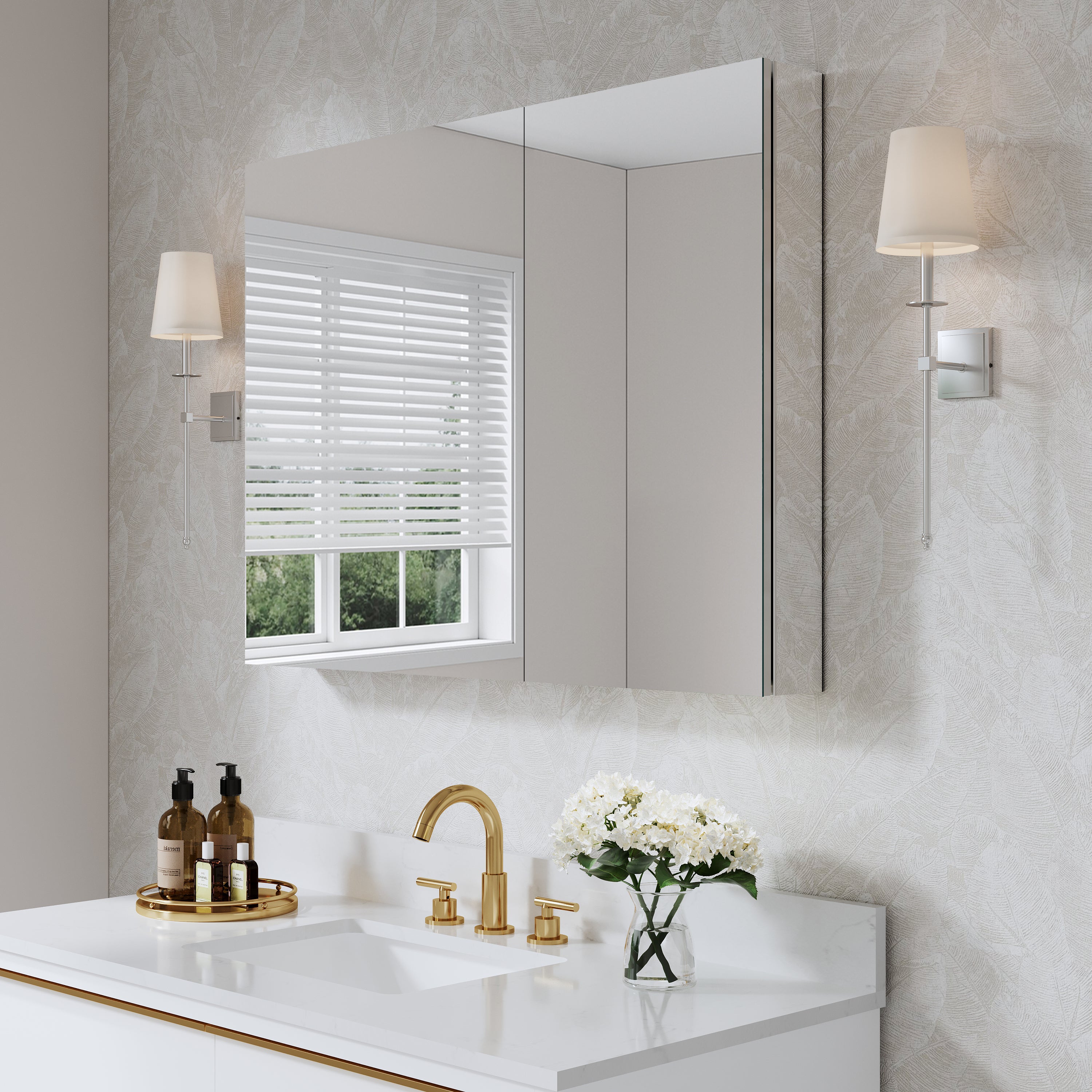

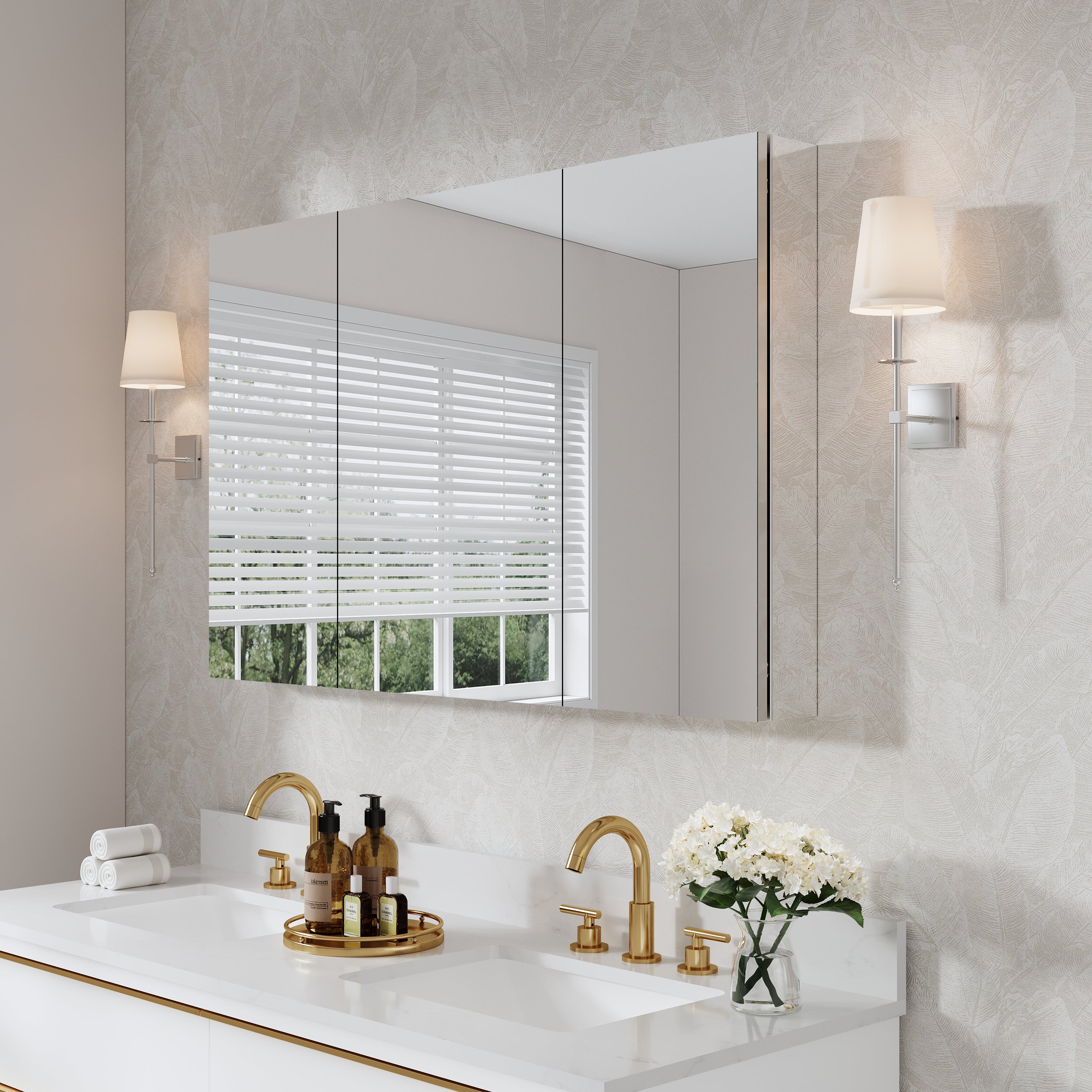
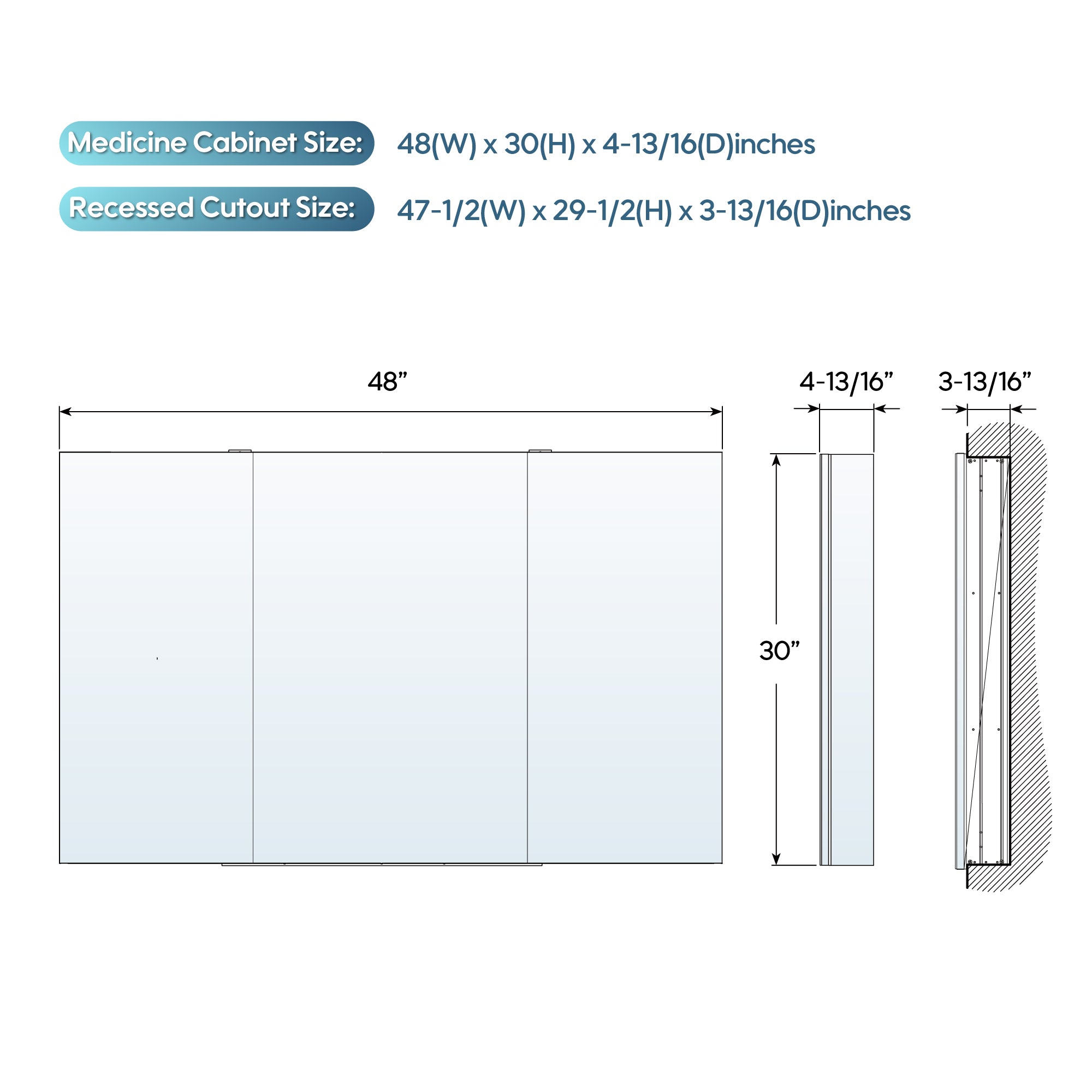
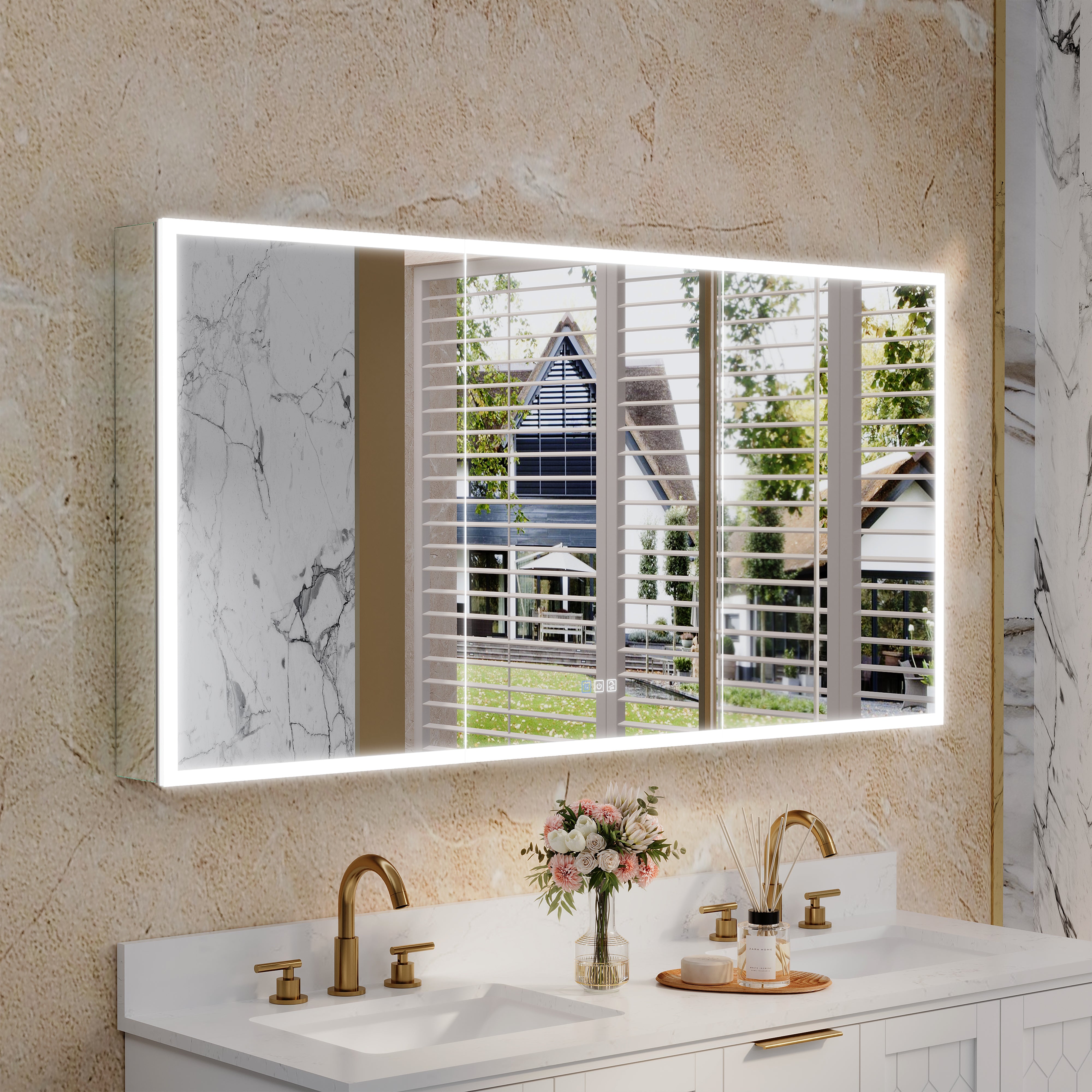
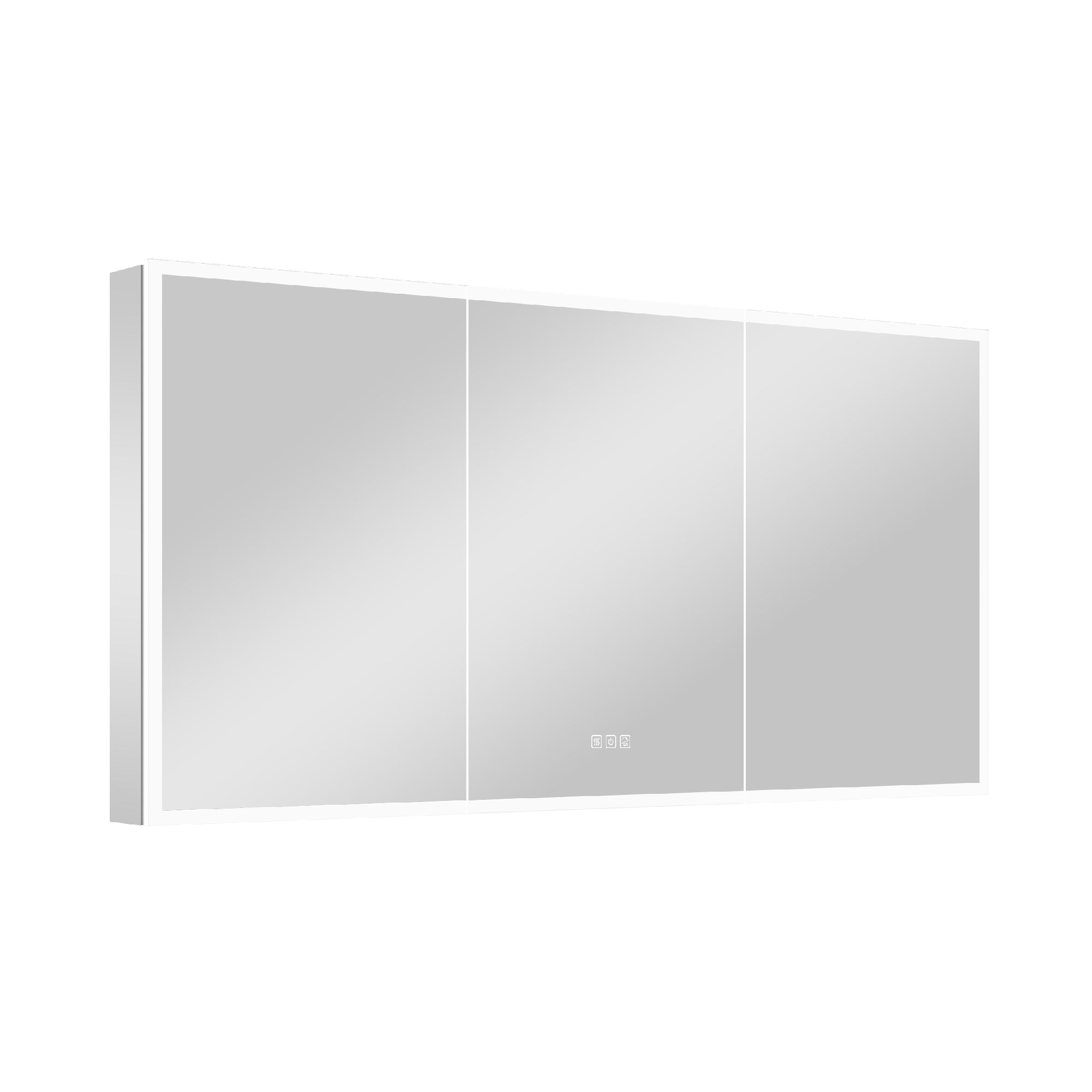
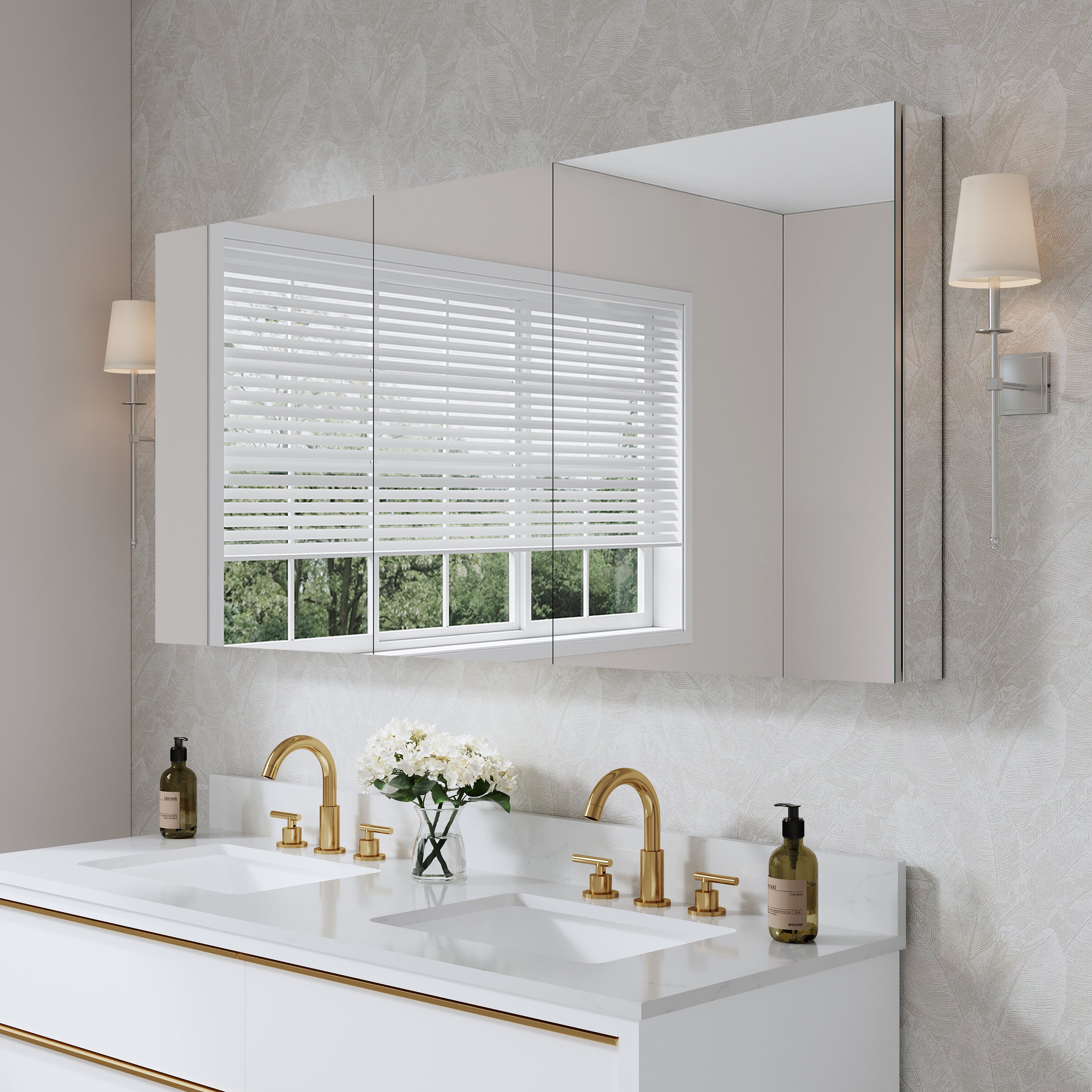

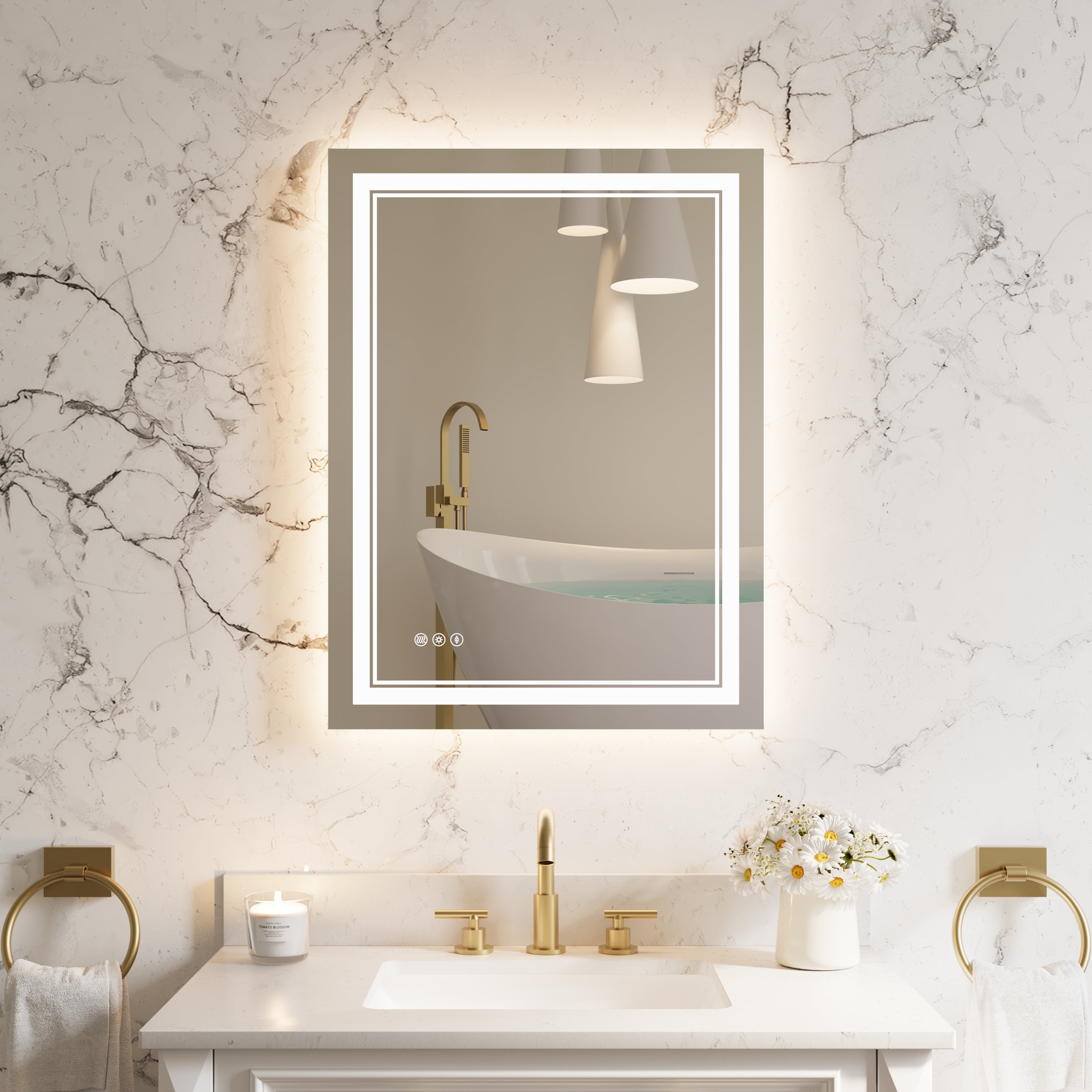
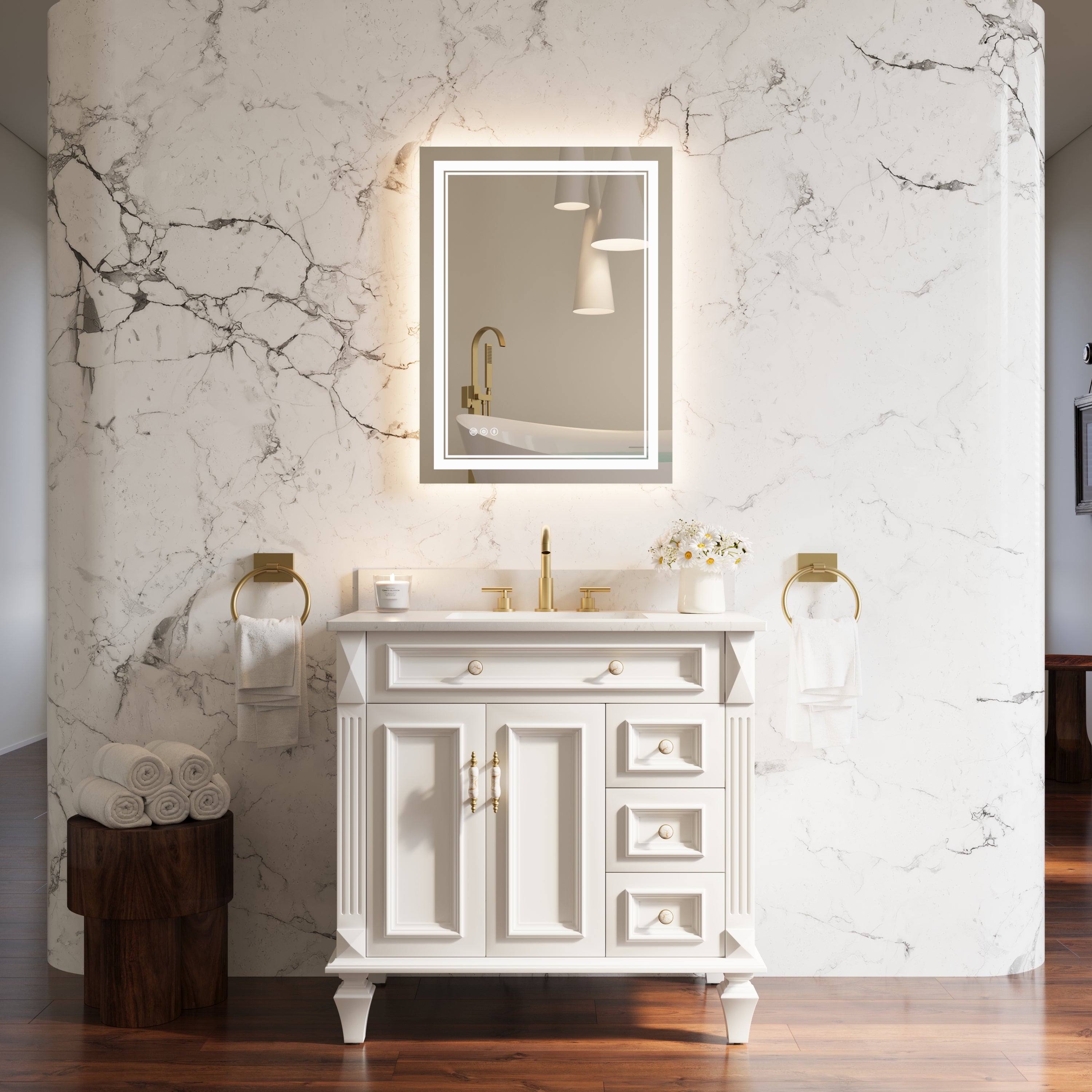
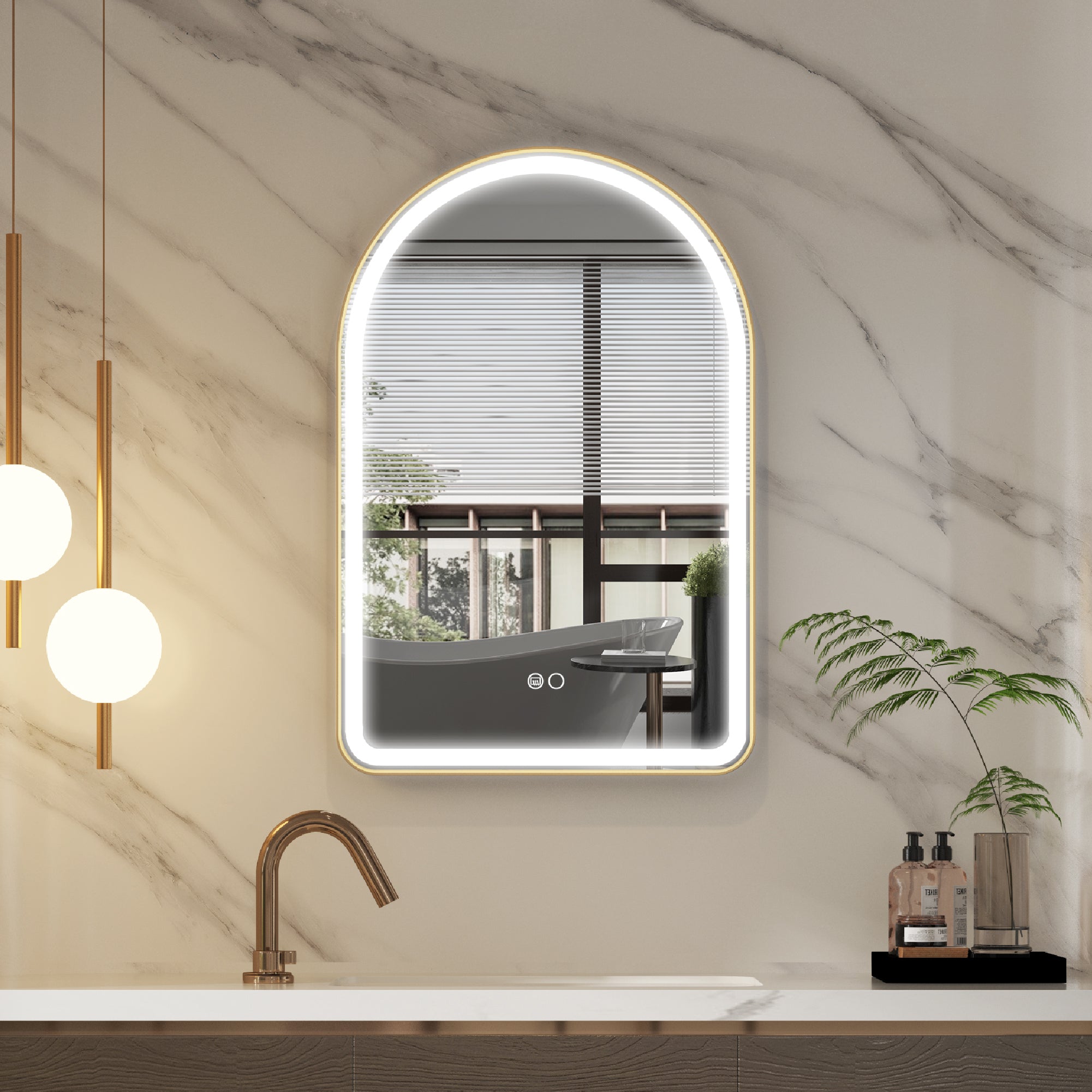
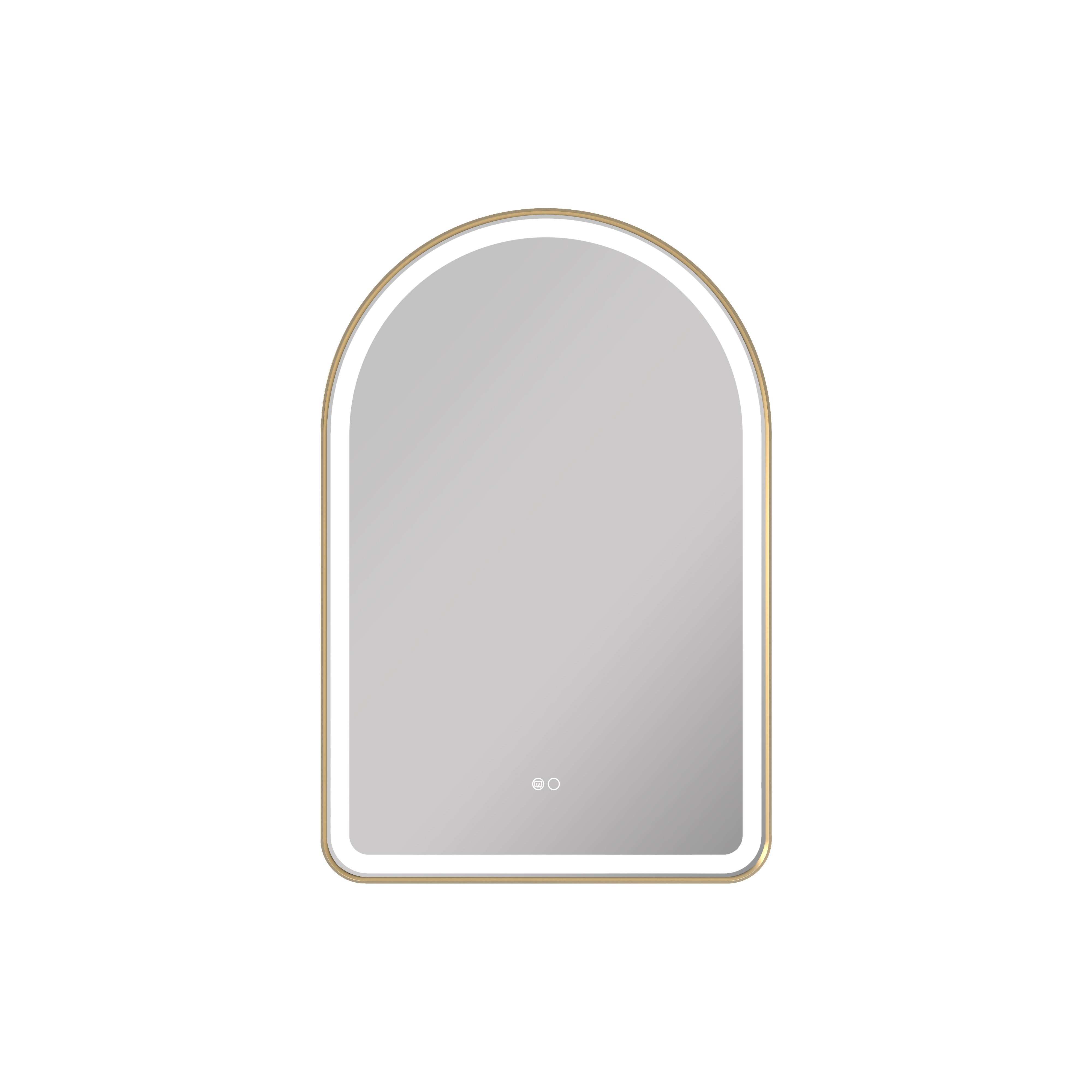
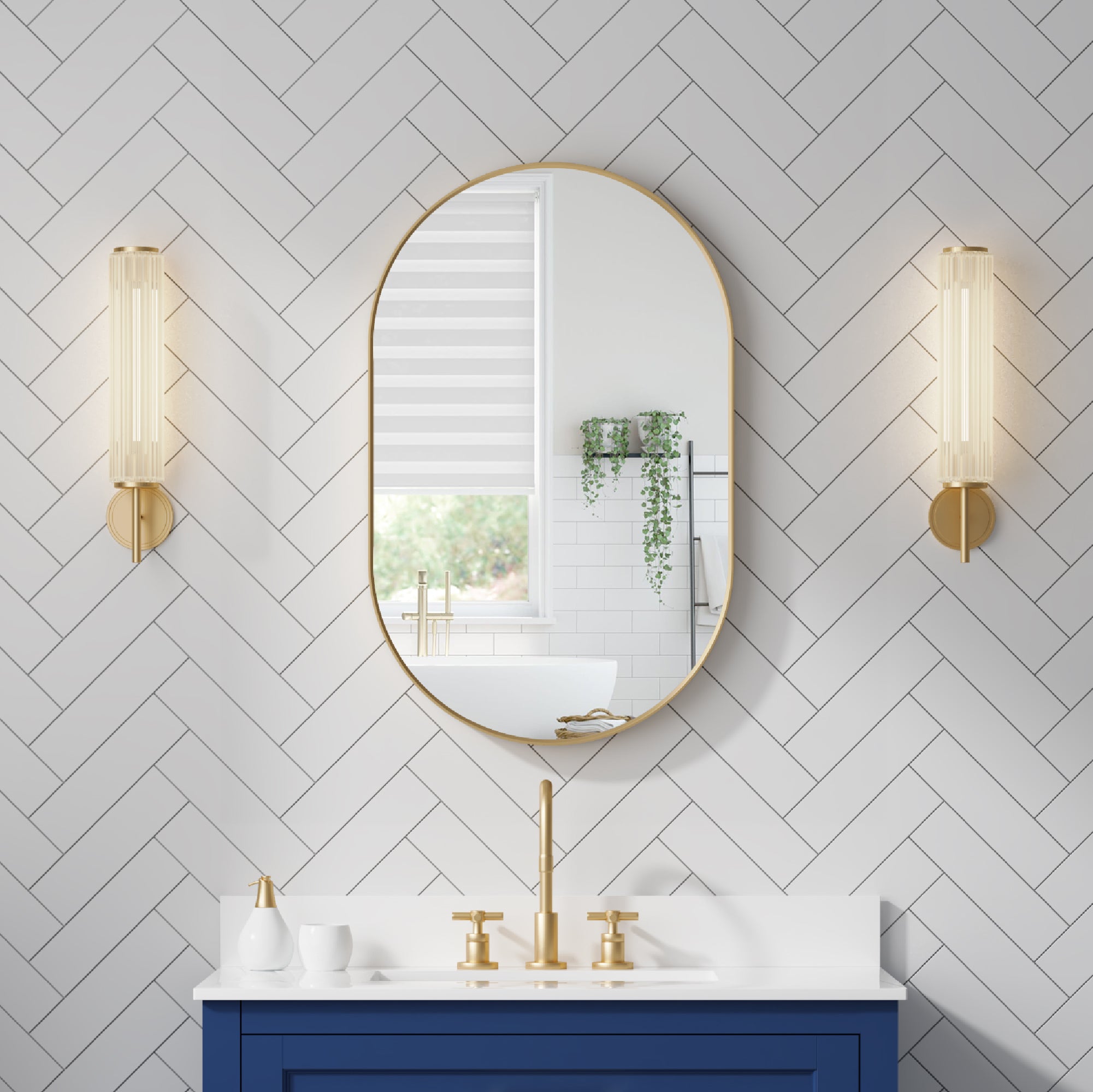
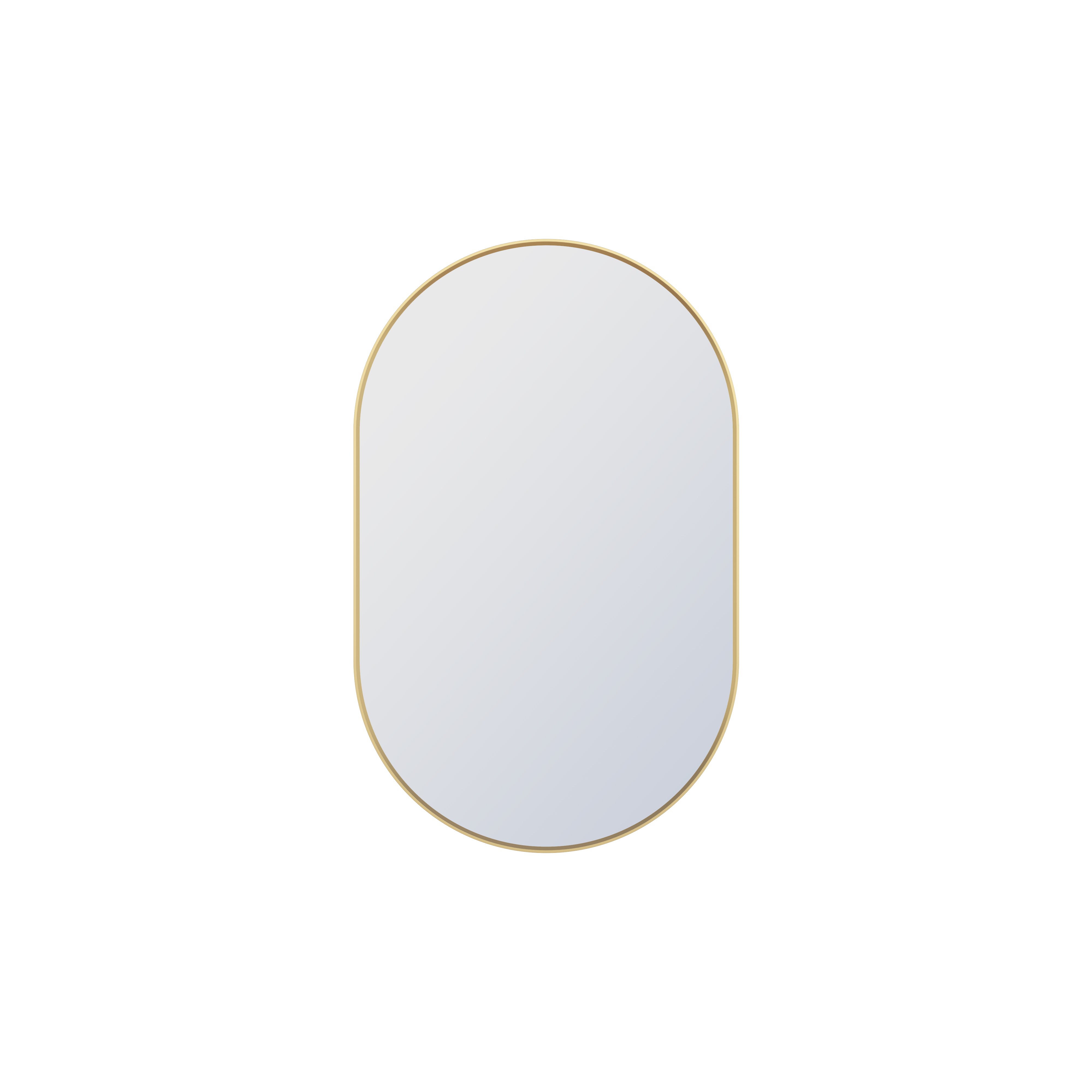


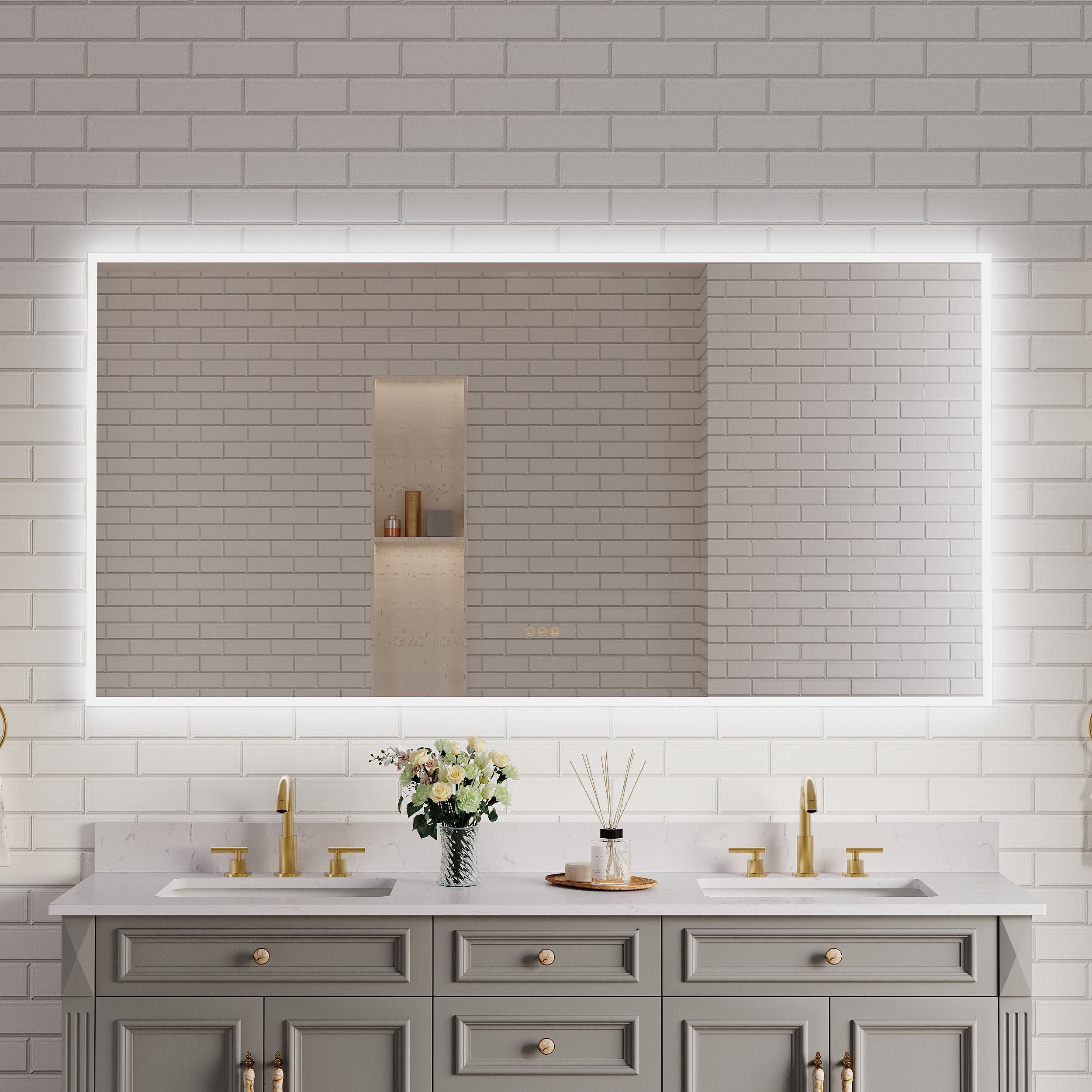





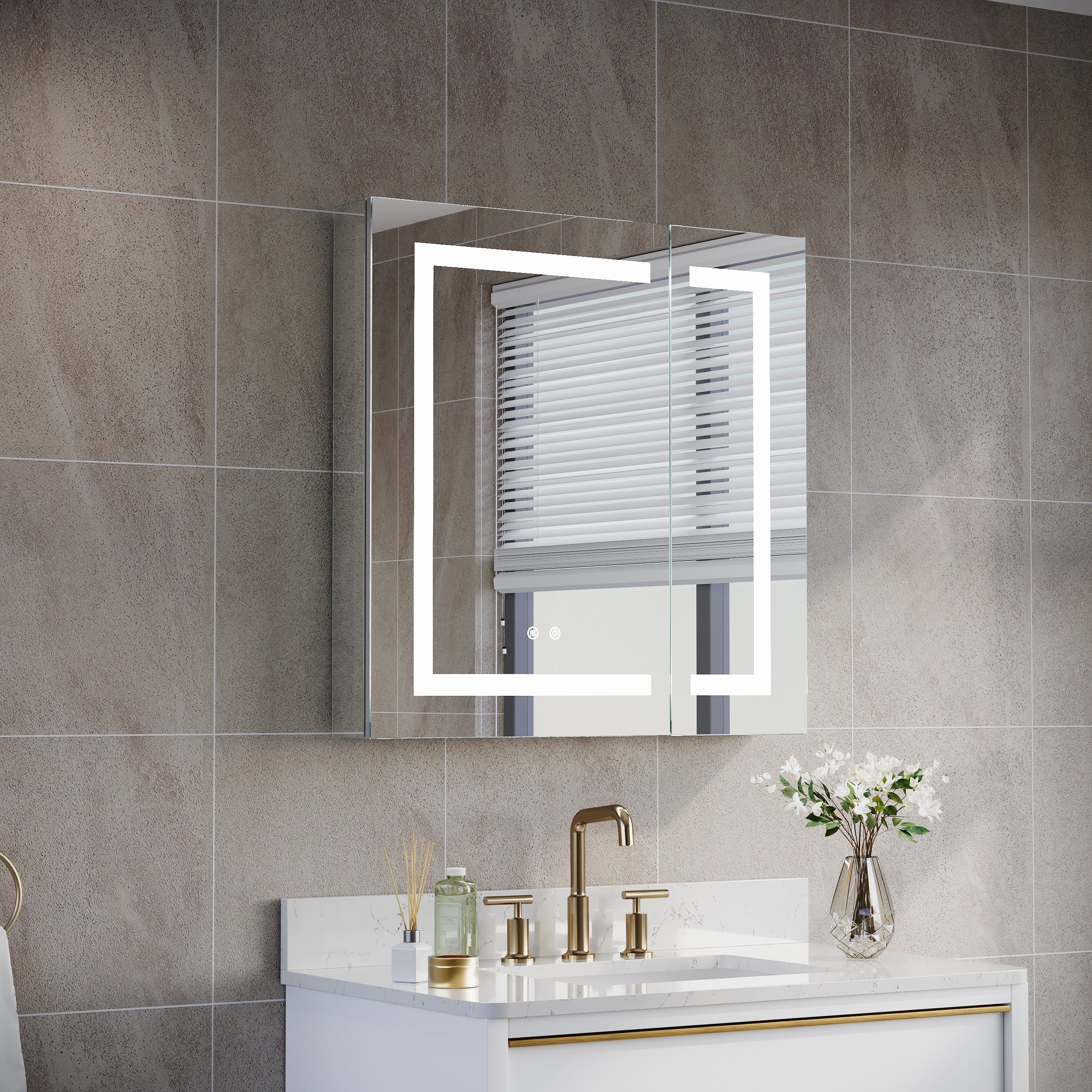
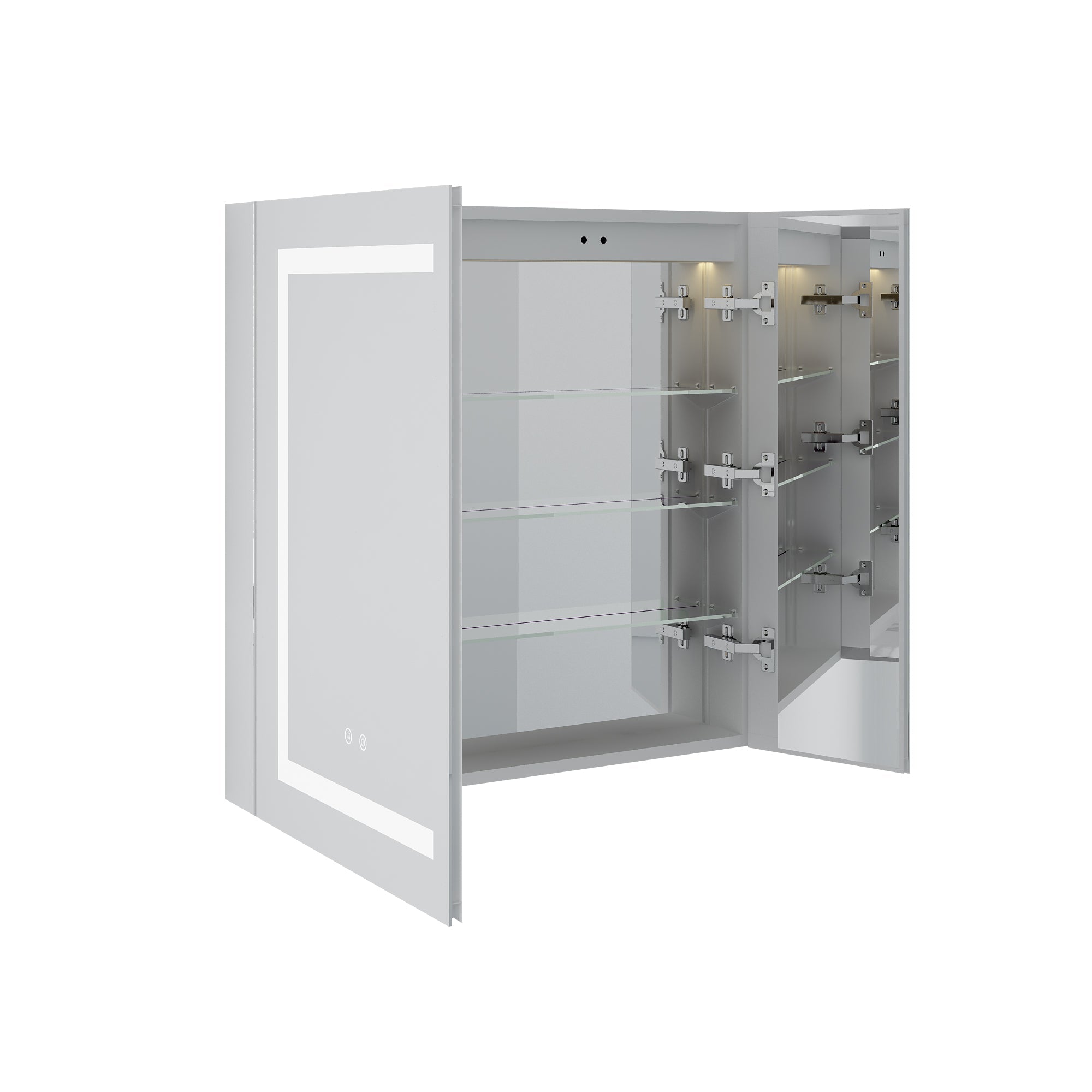




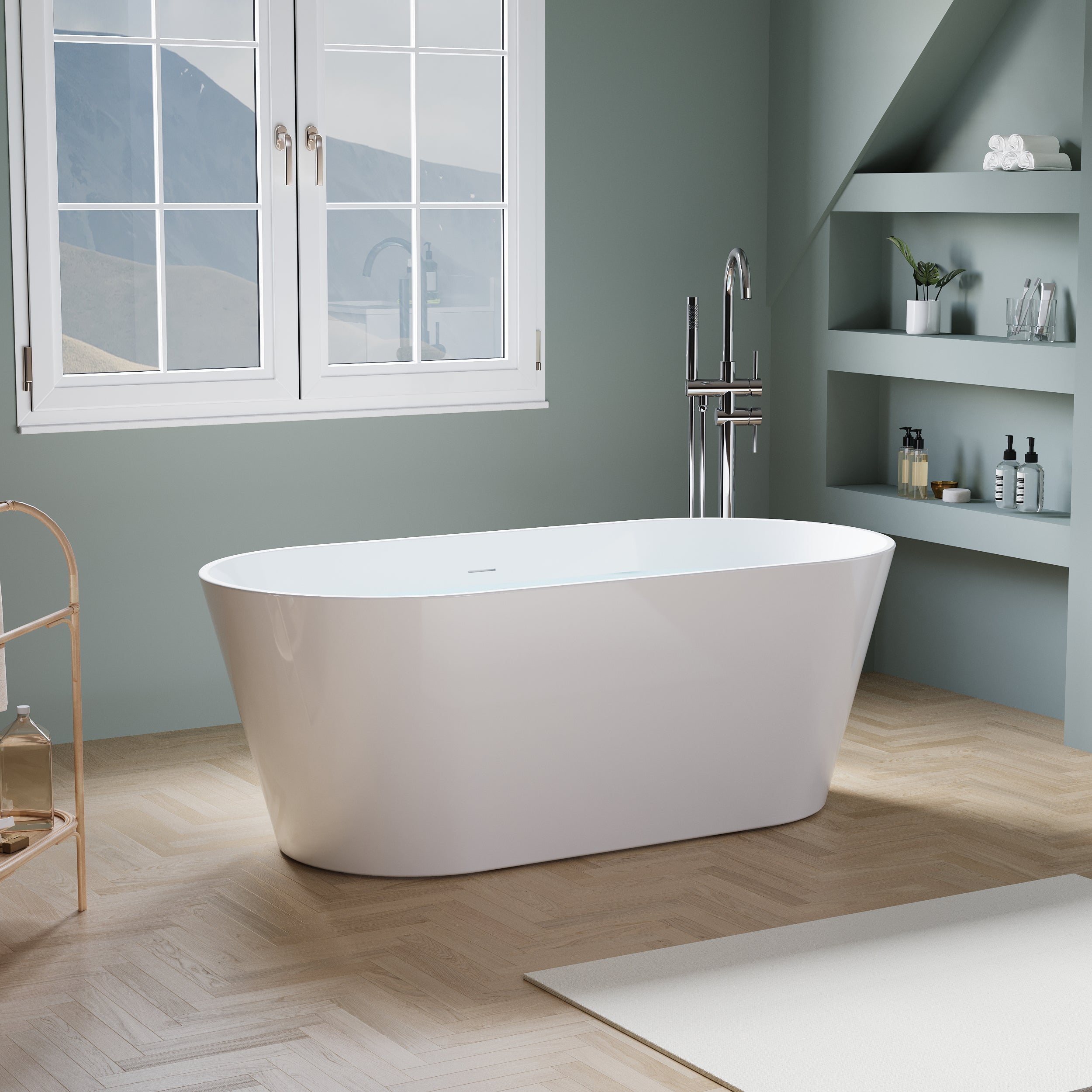
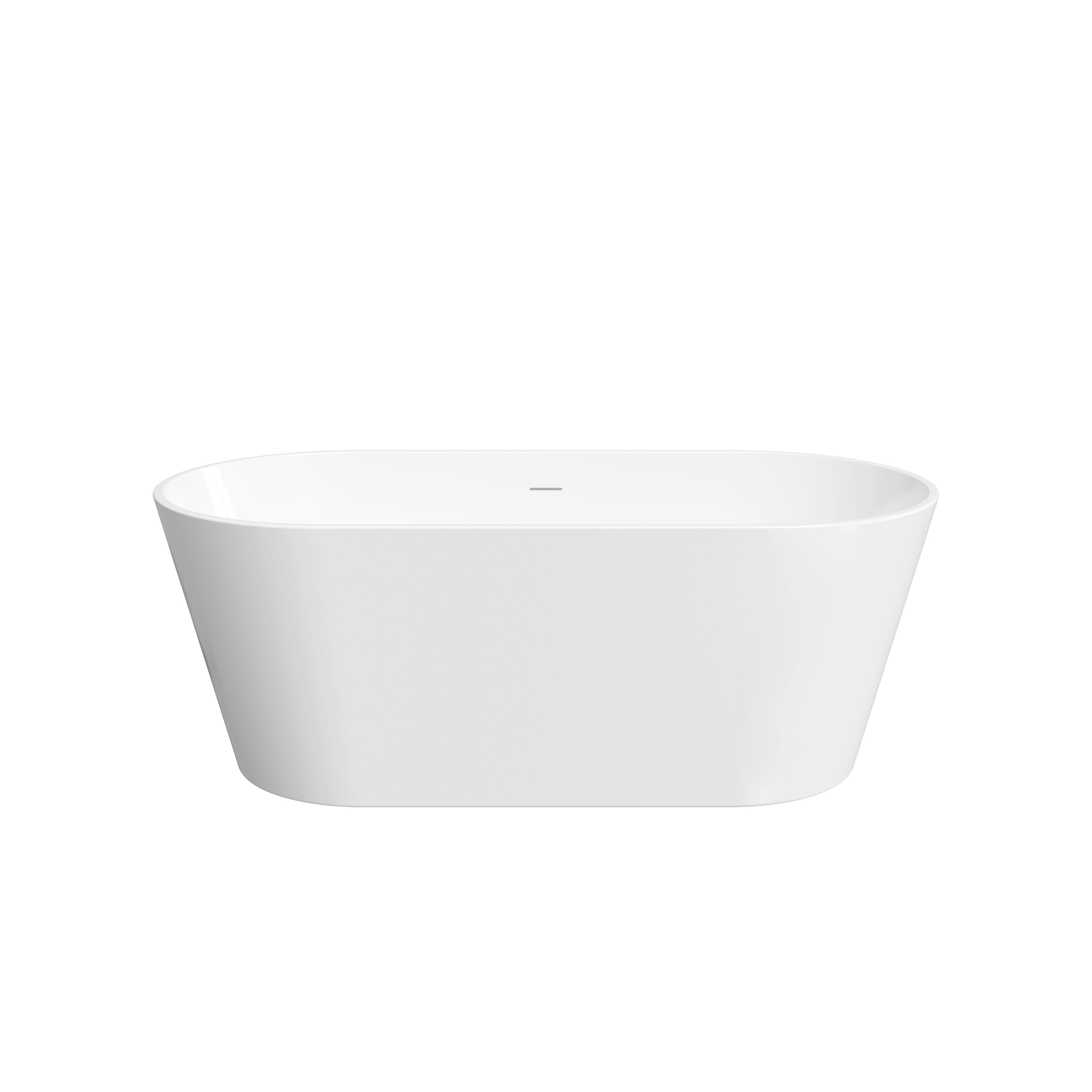


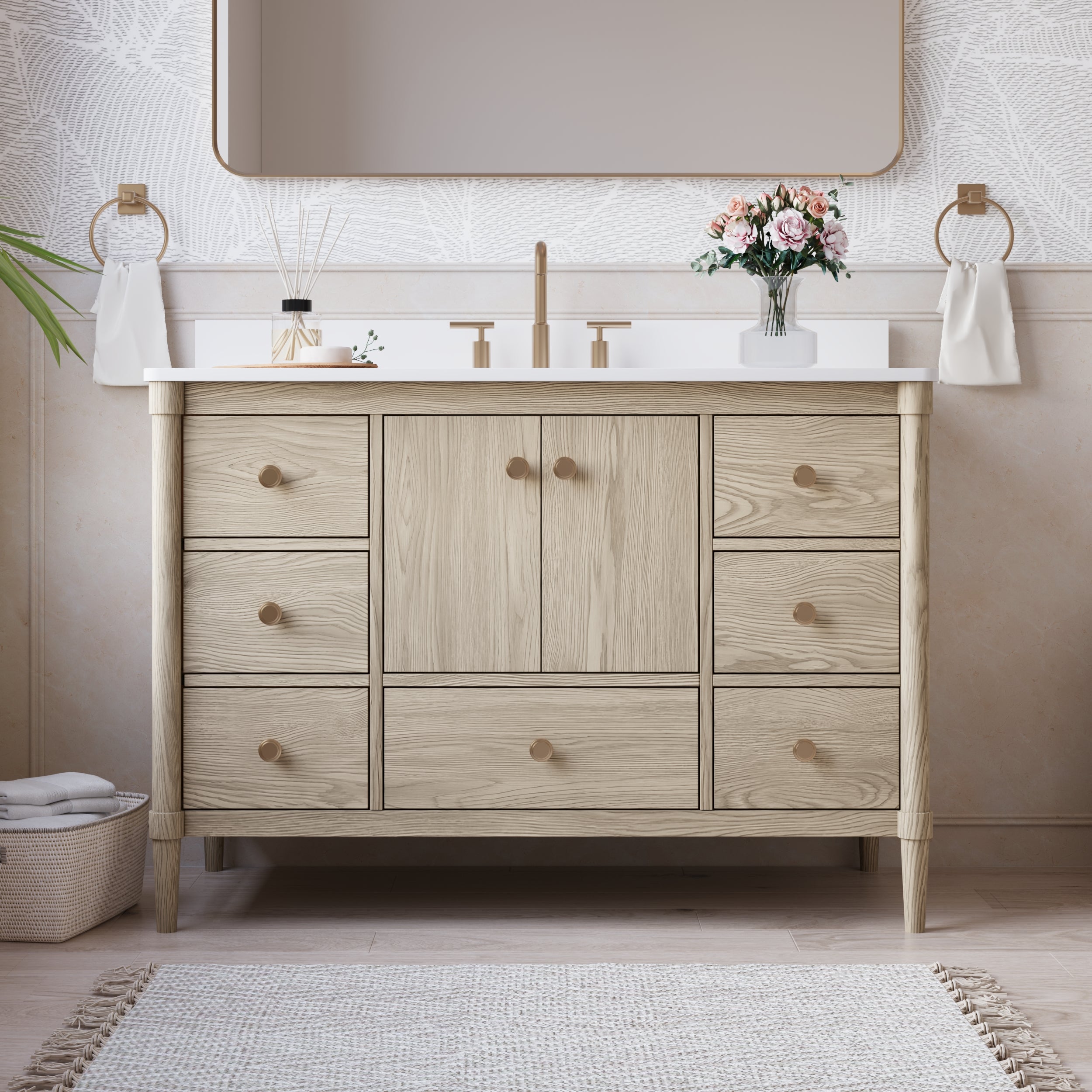
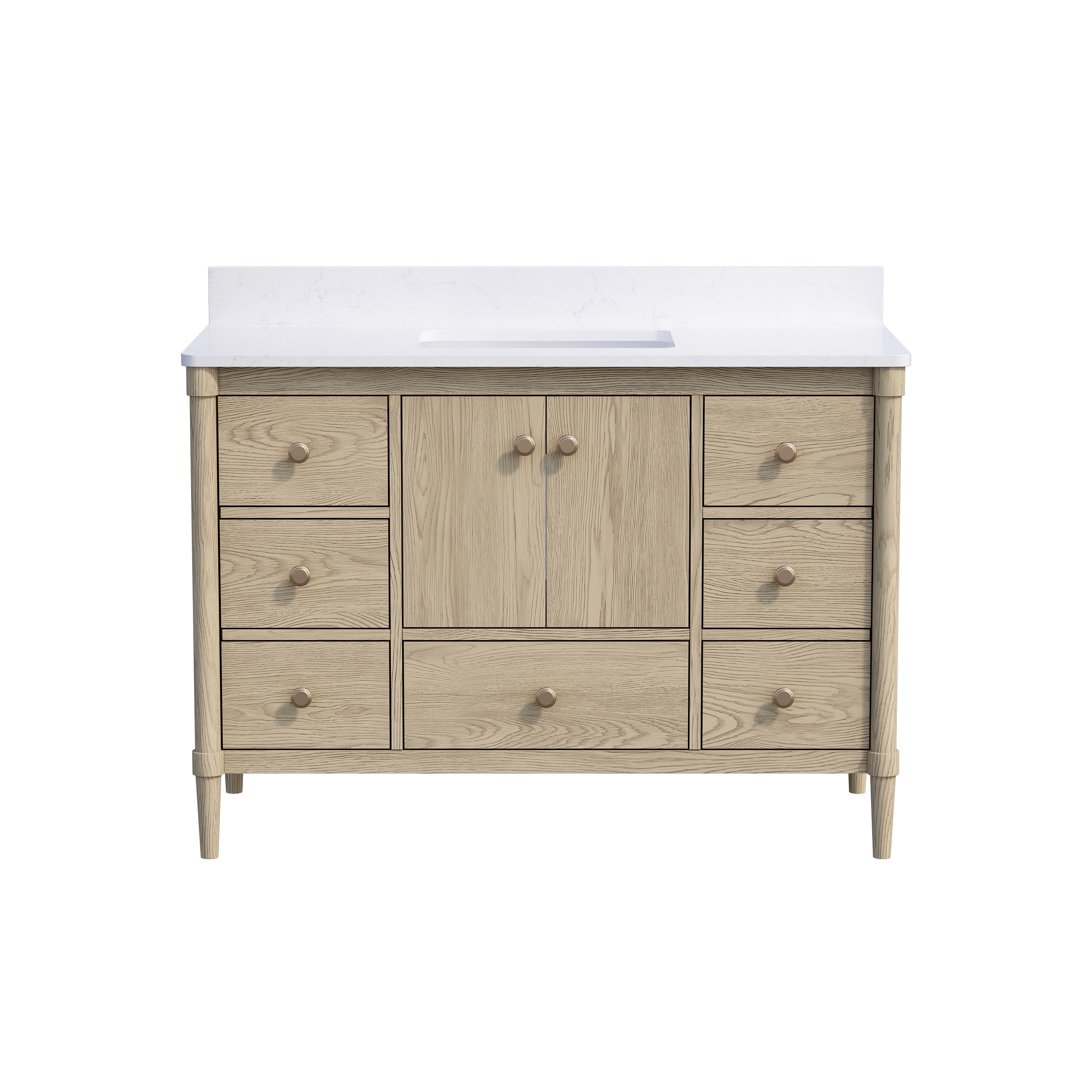
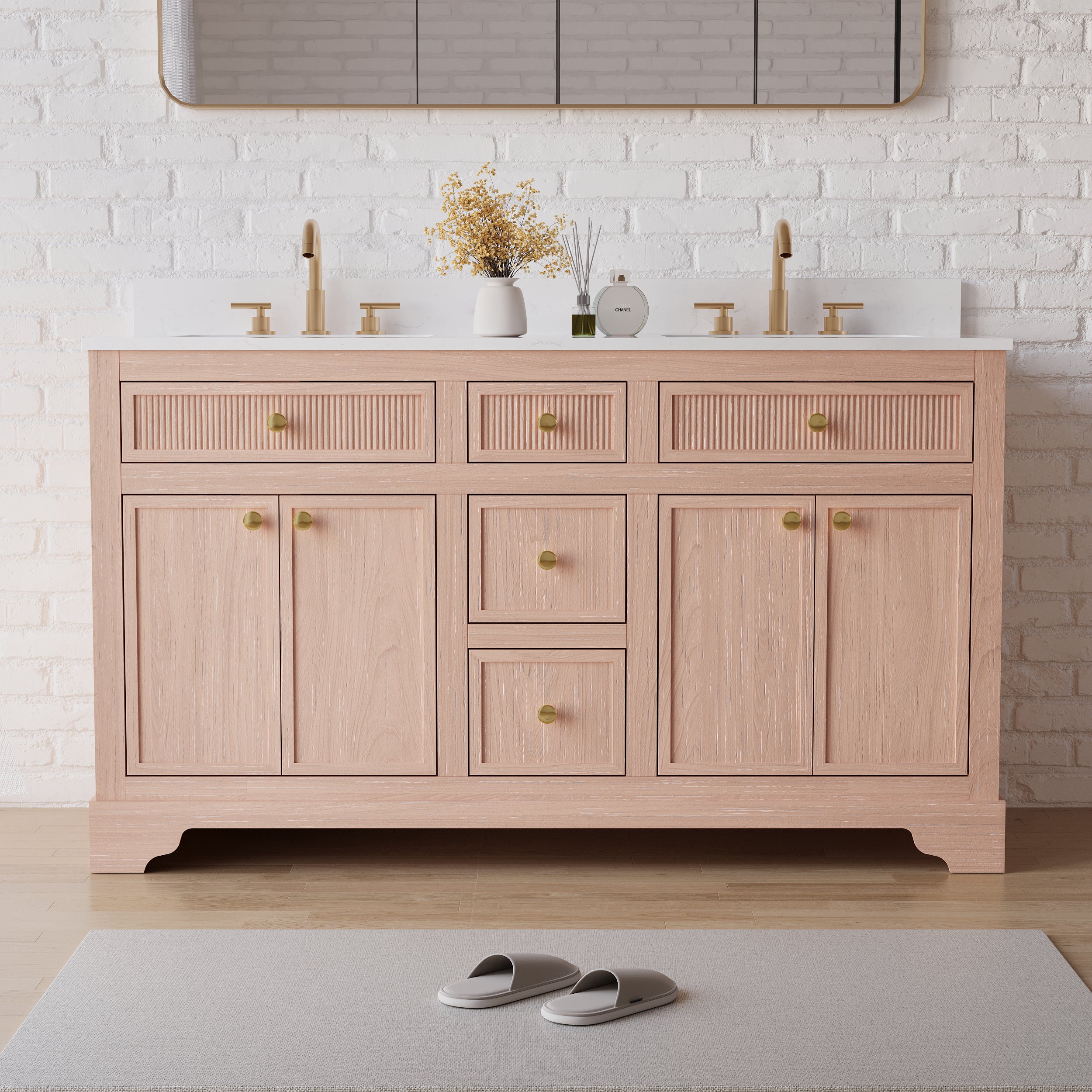
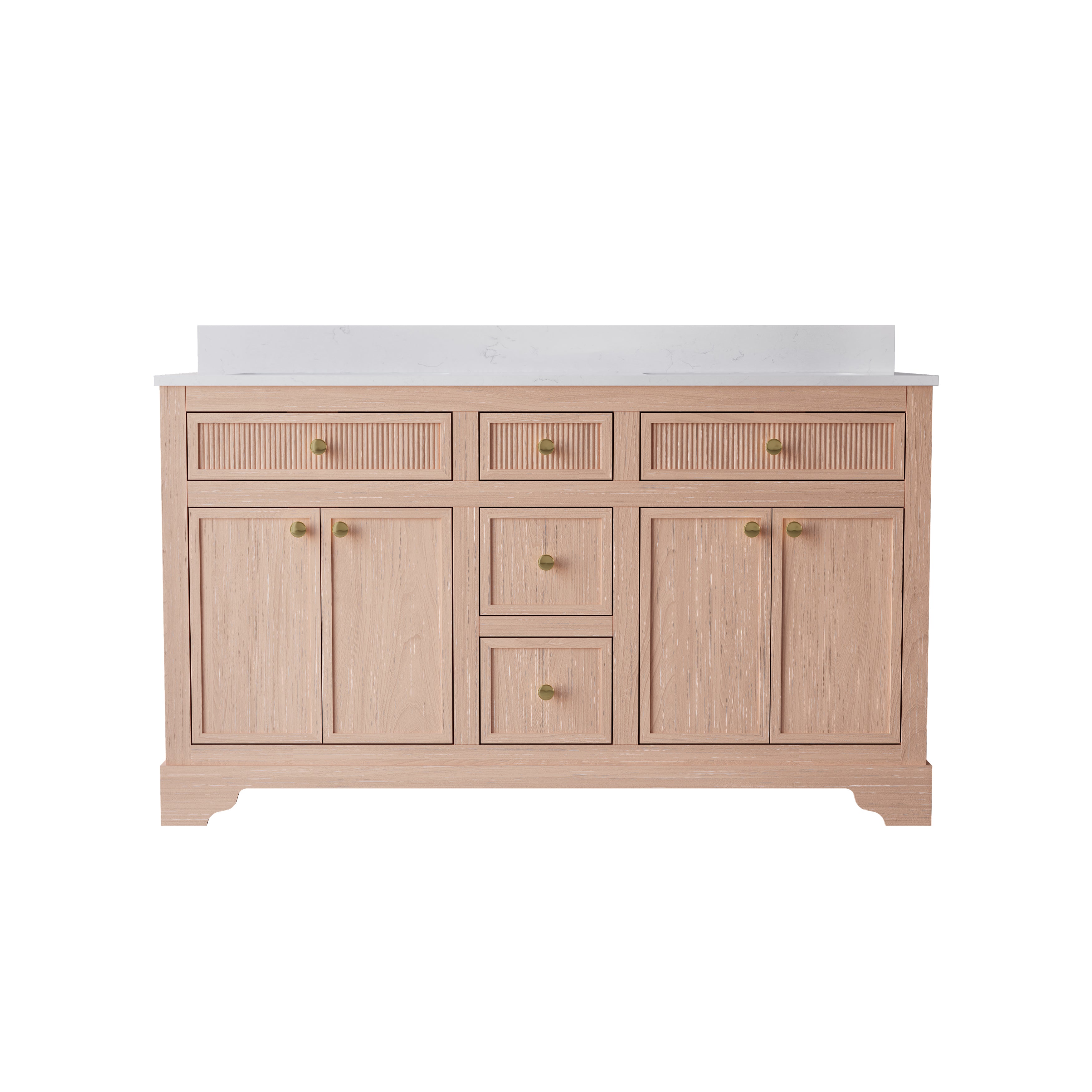
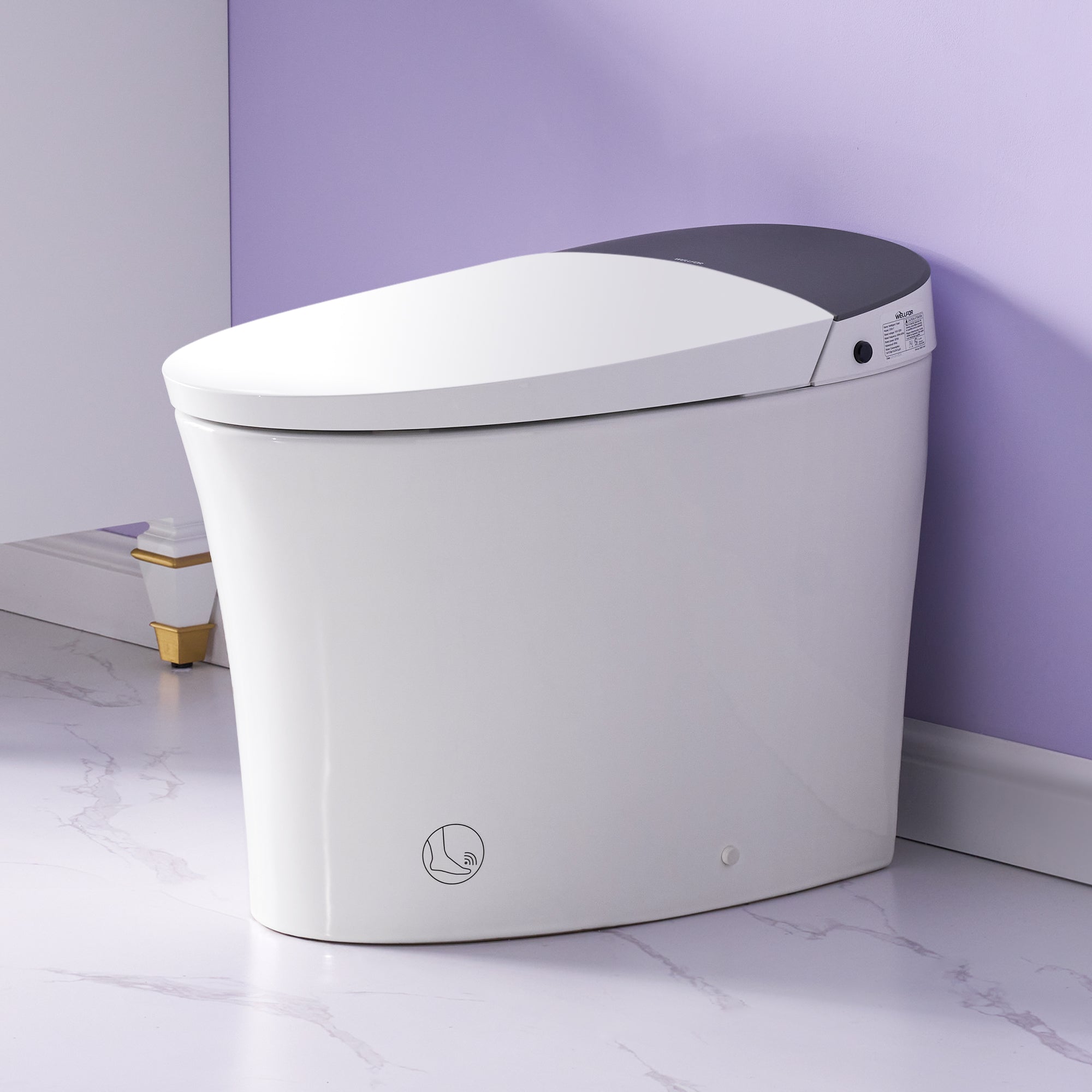
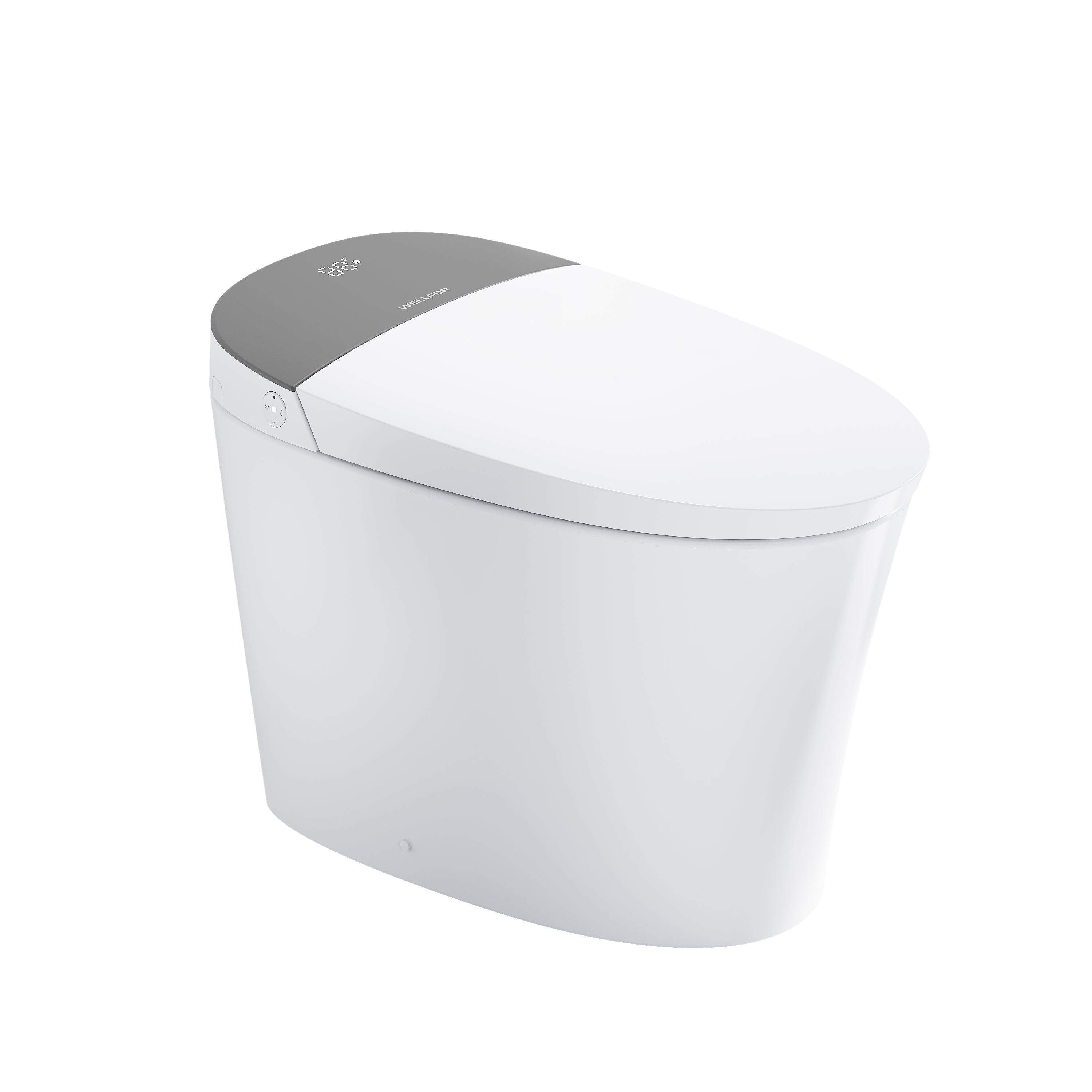
Leave a comment
This site is protected by hCaptcha and the hCaptcha Privacy Policy and Terms of Service apply.